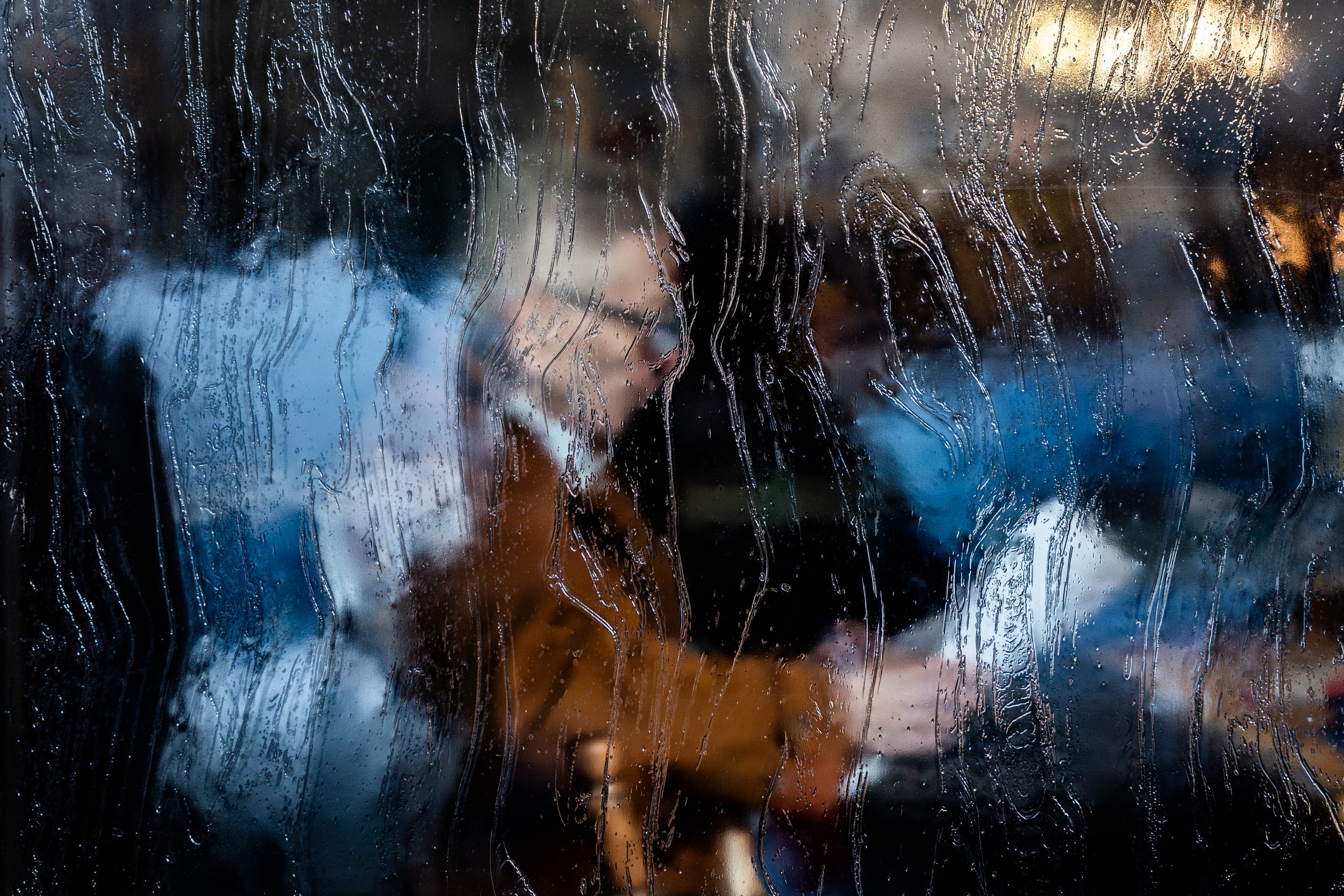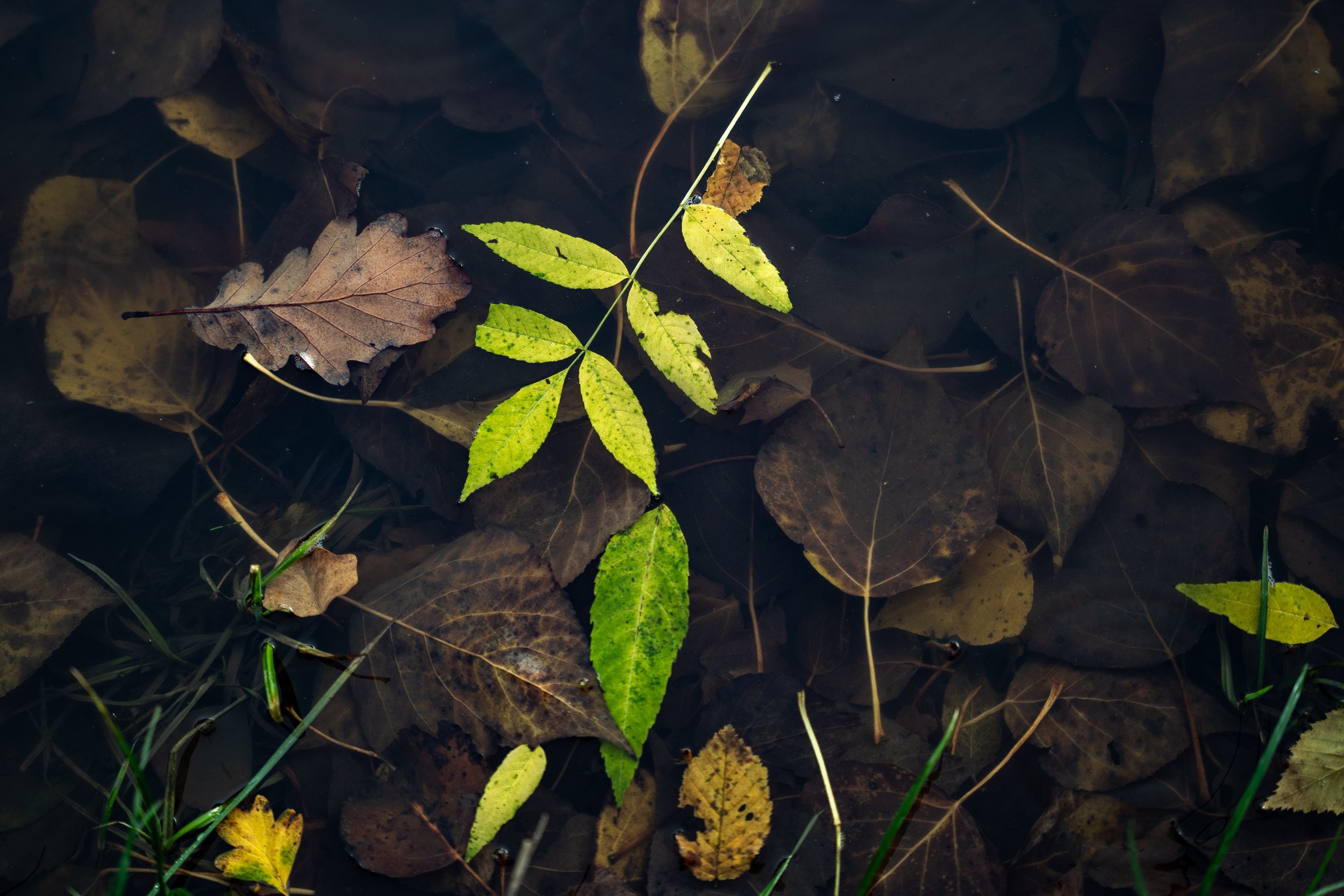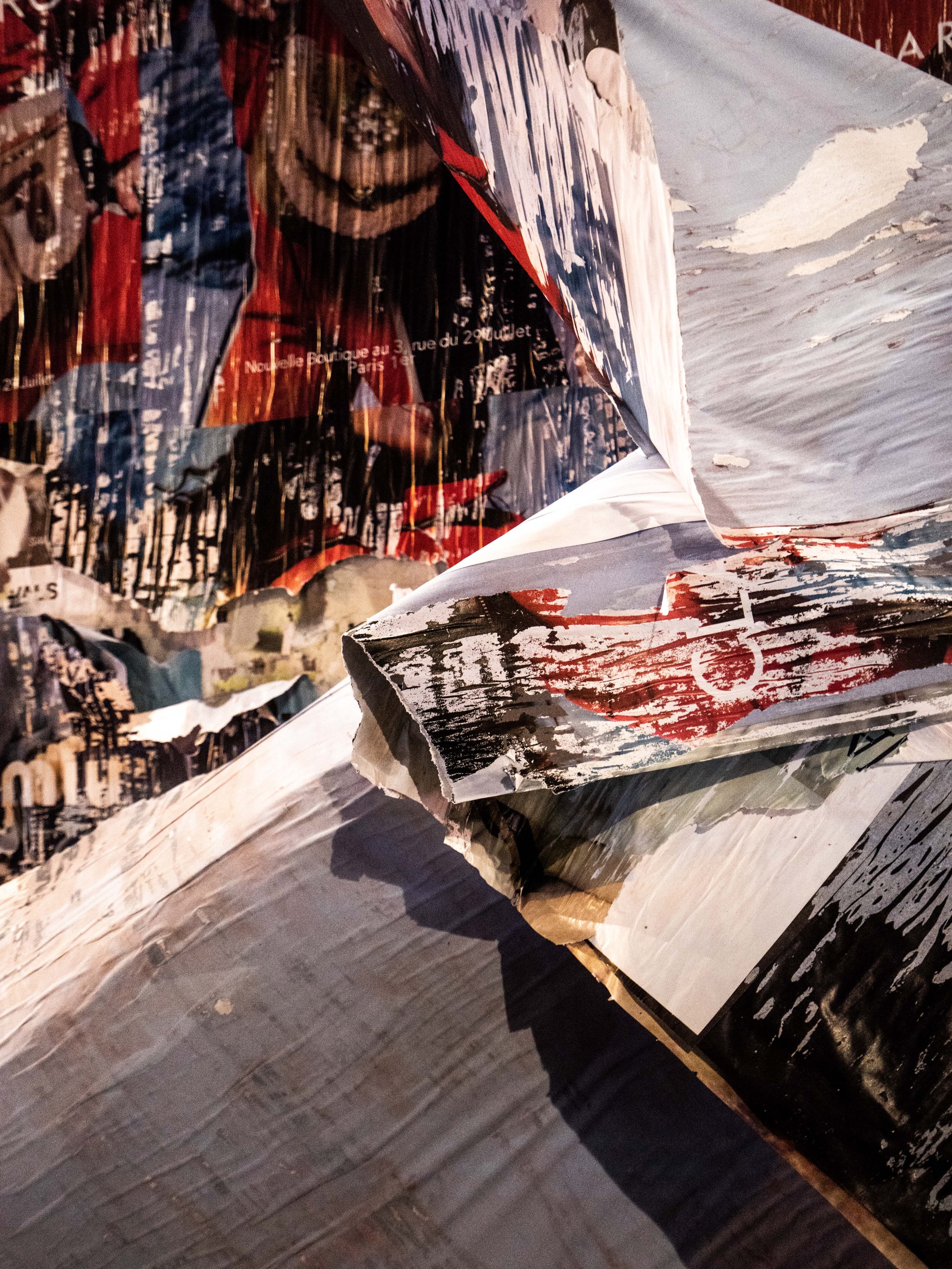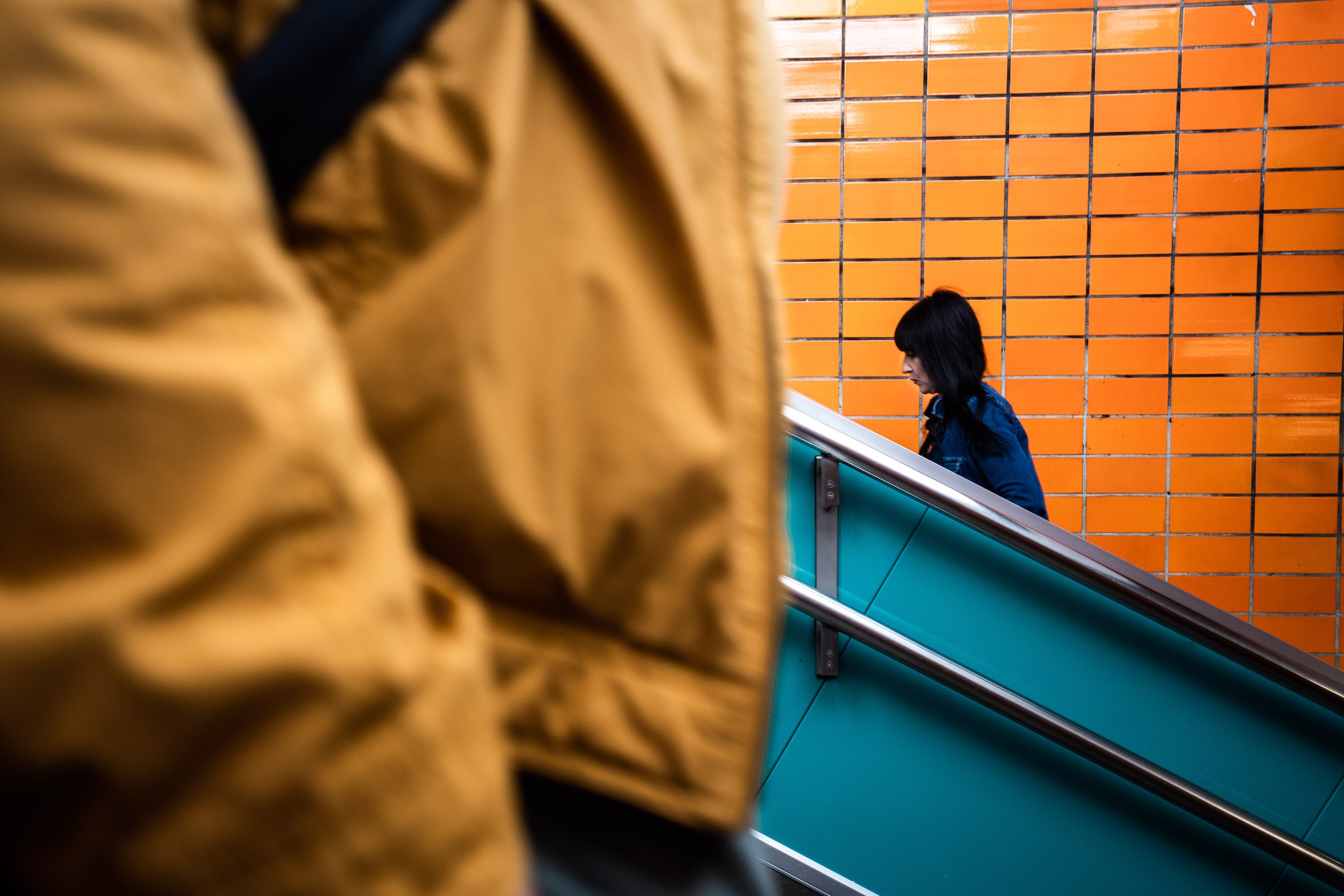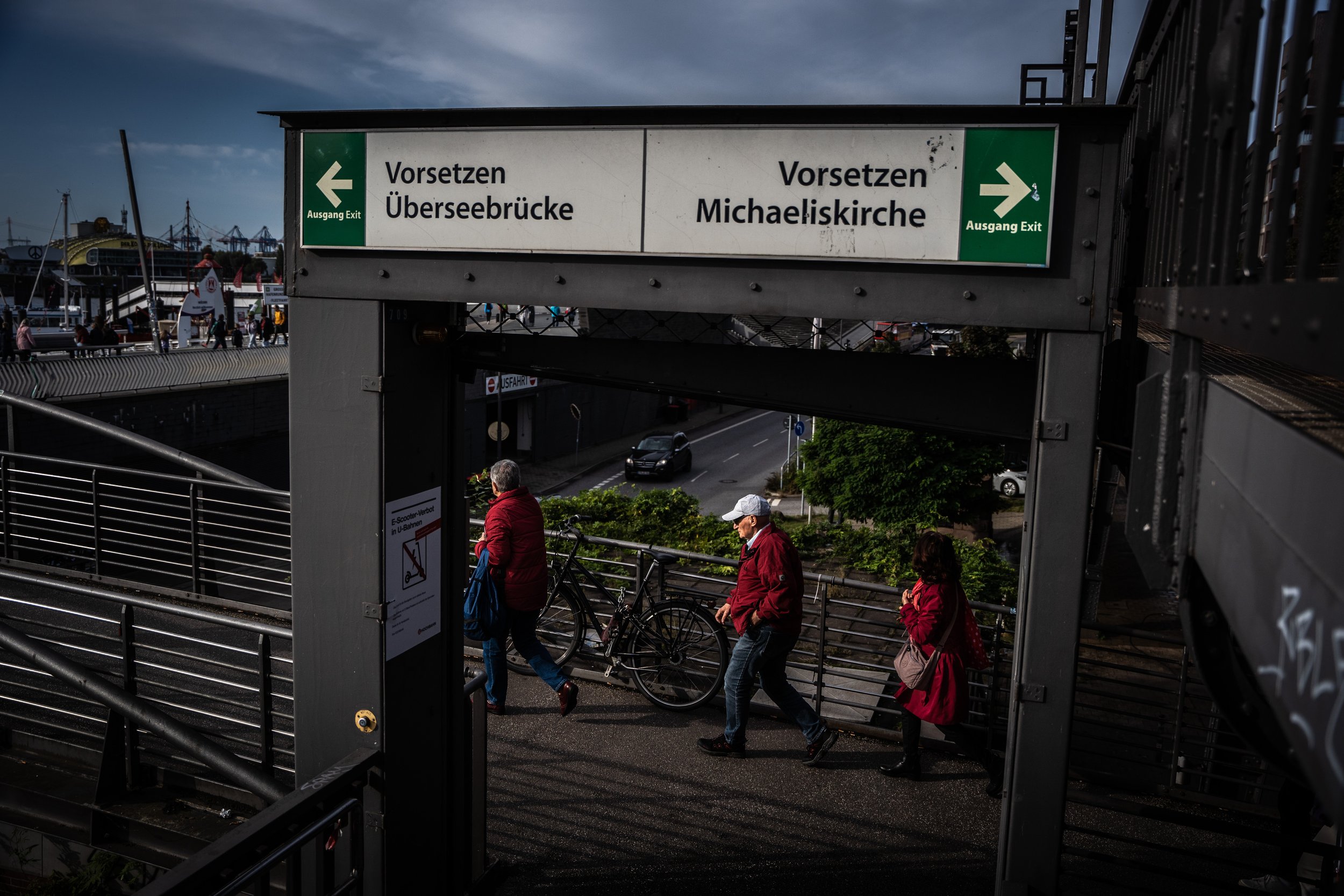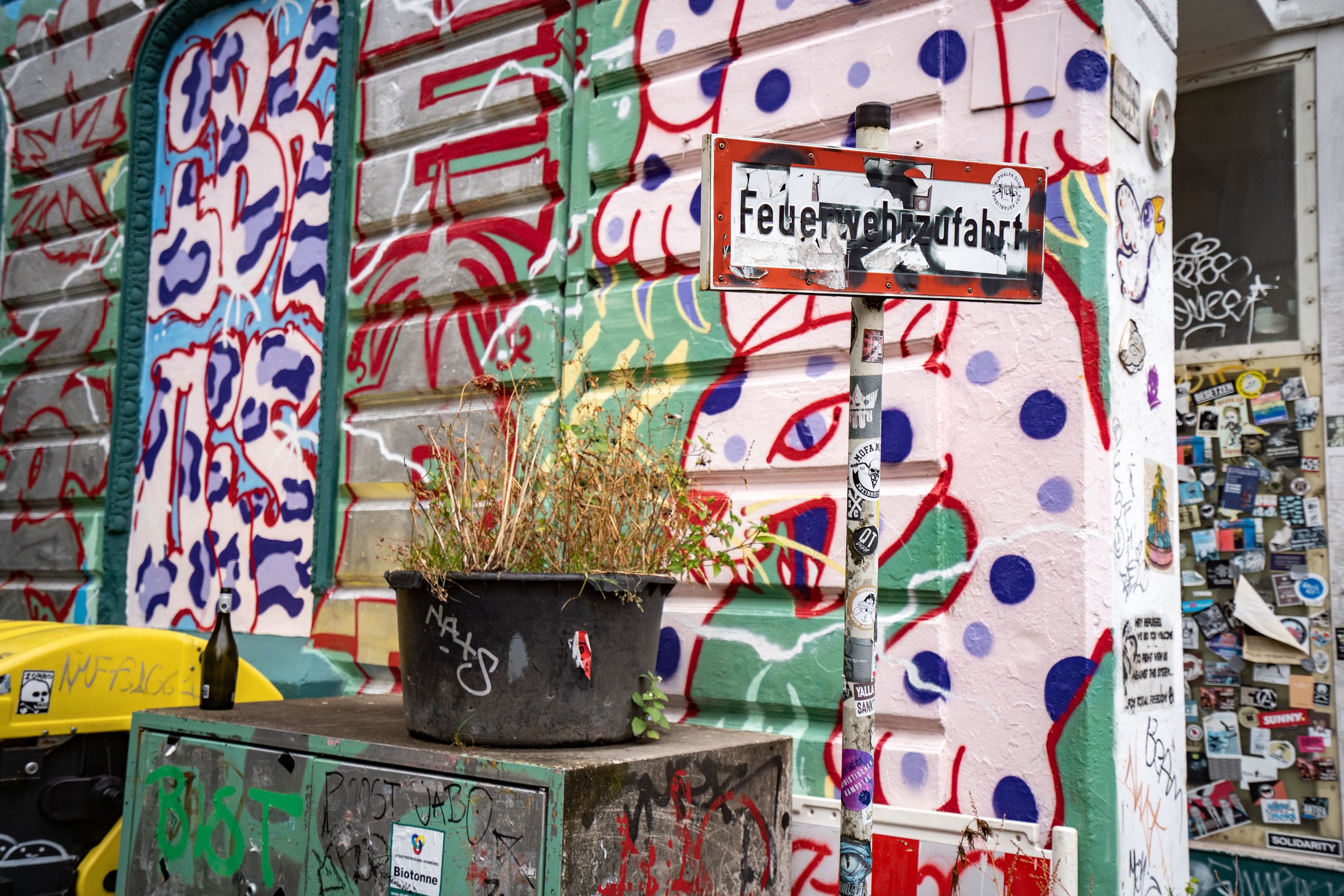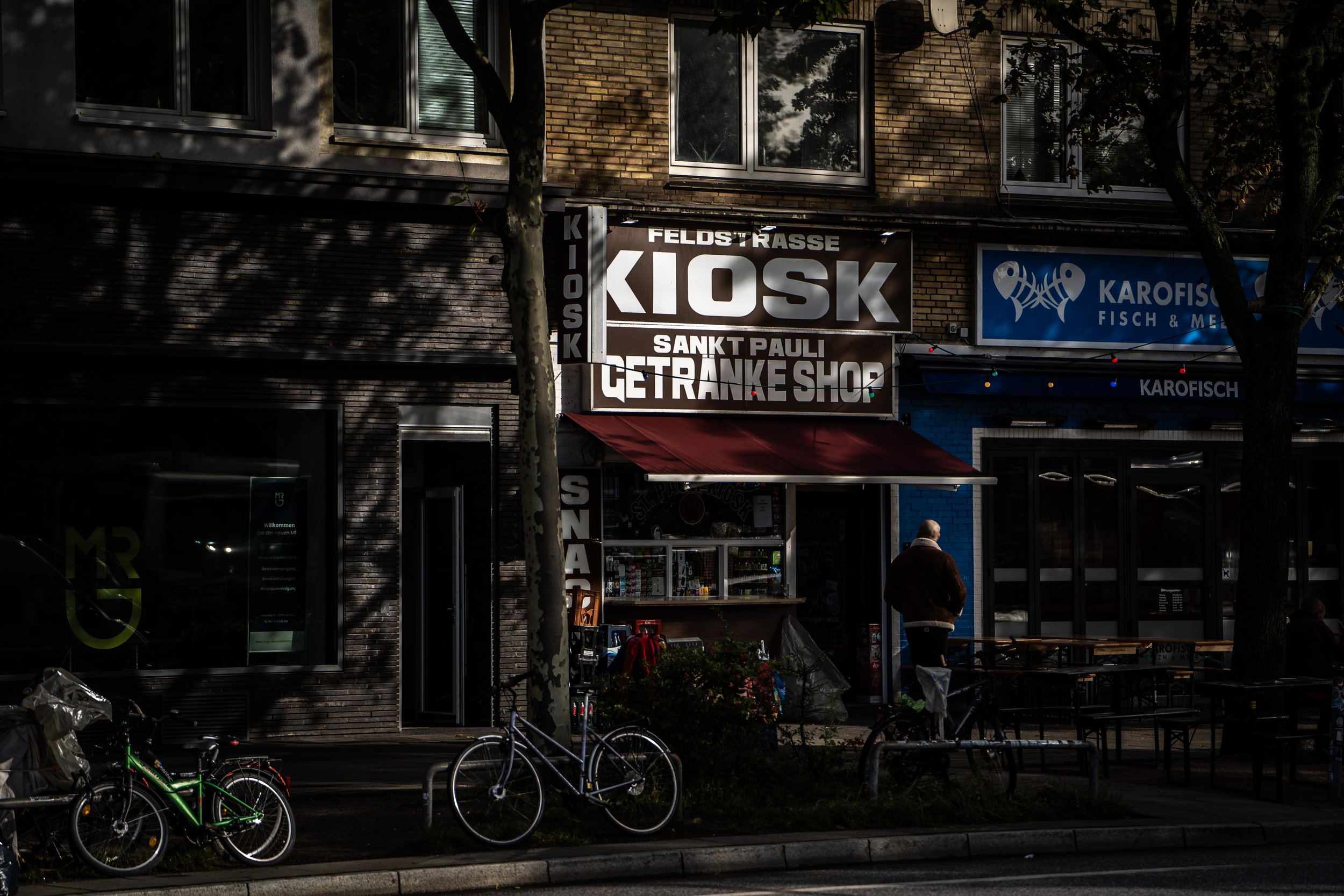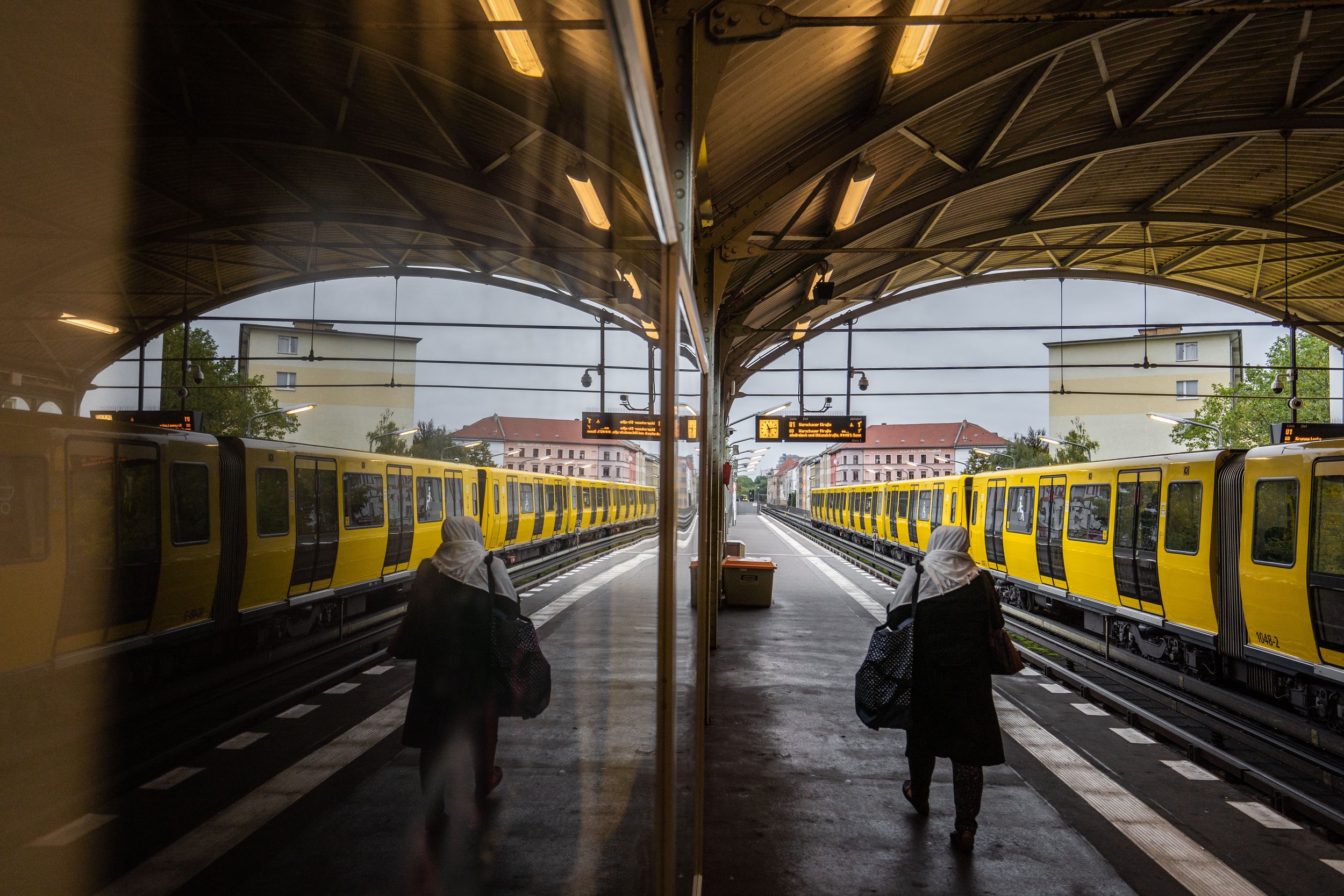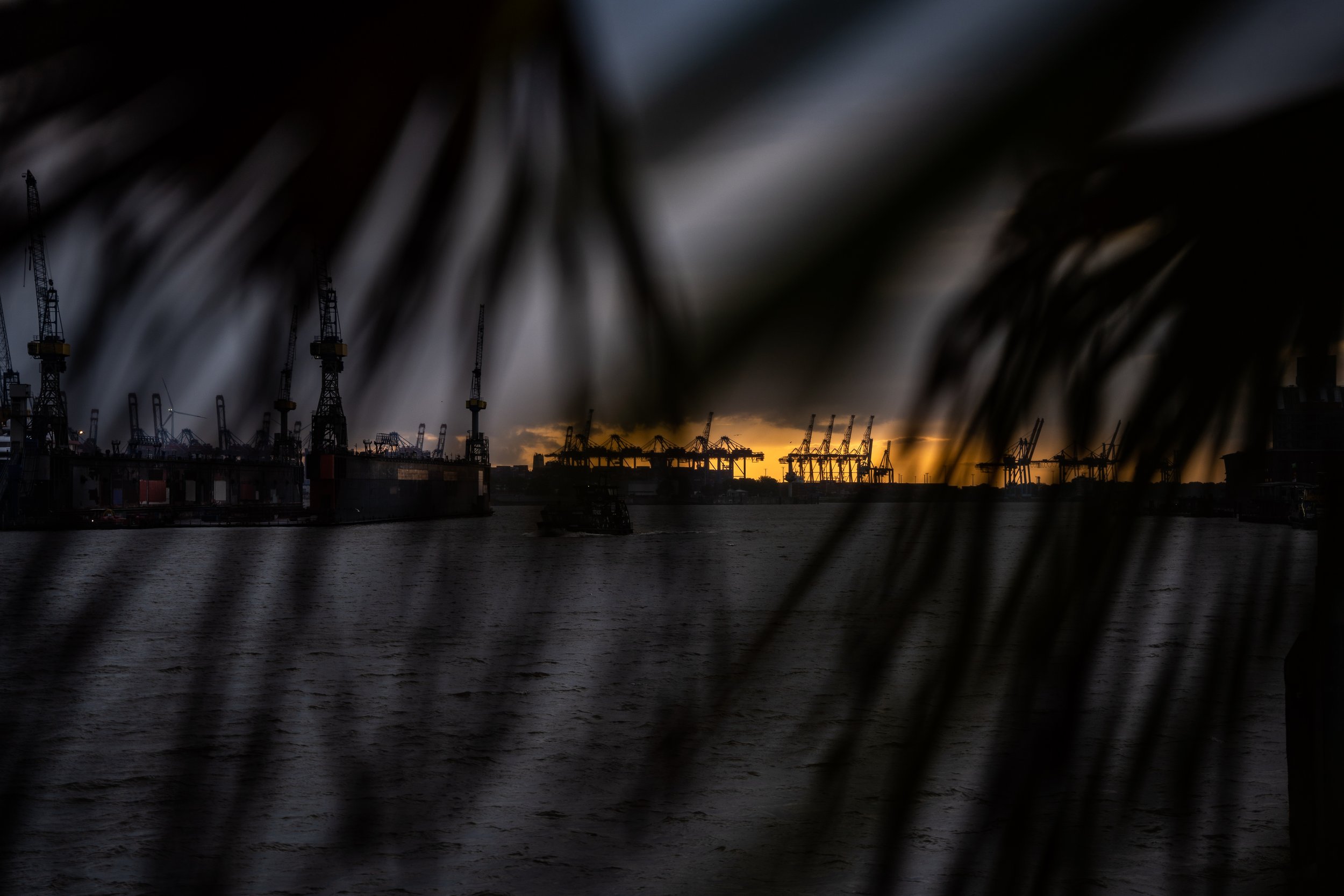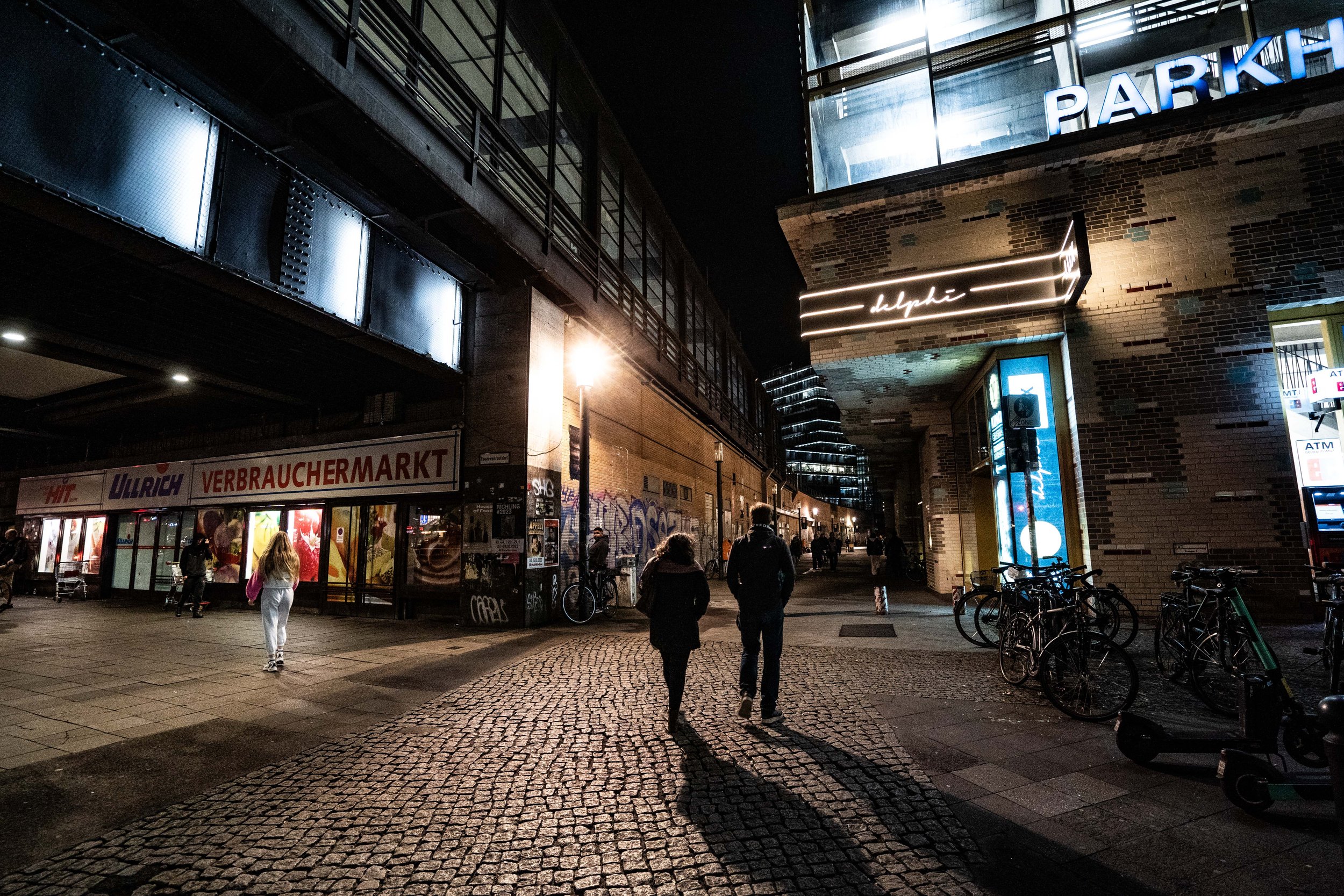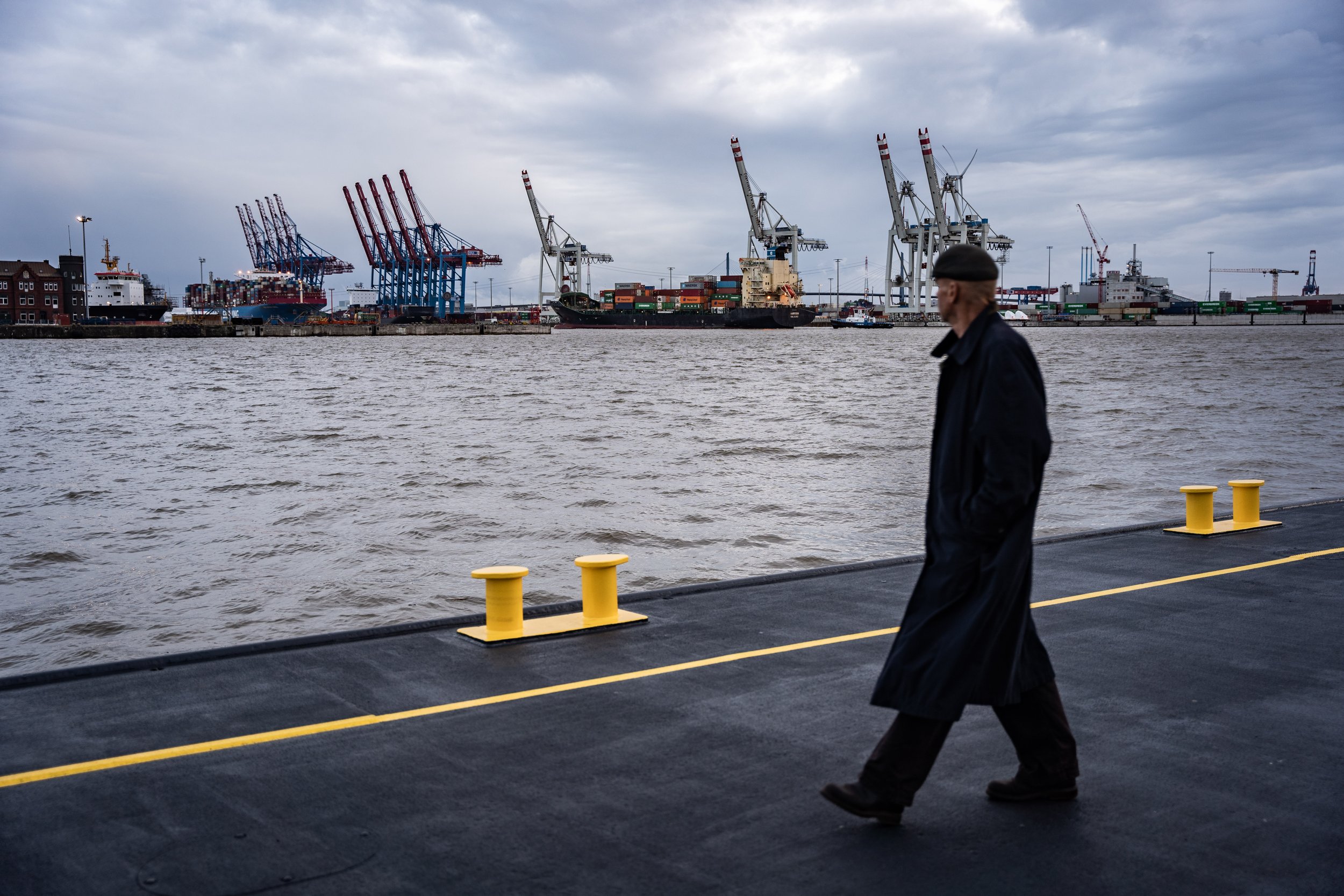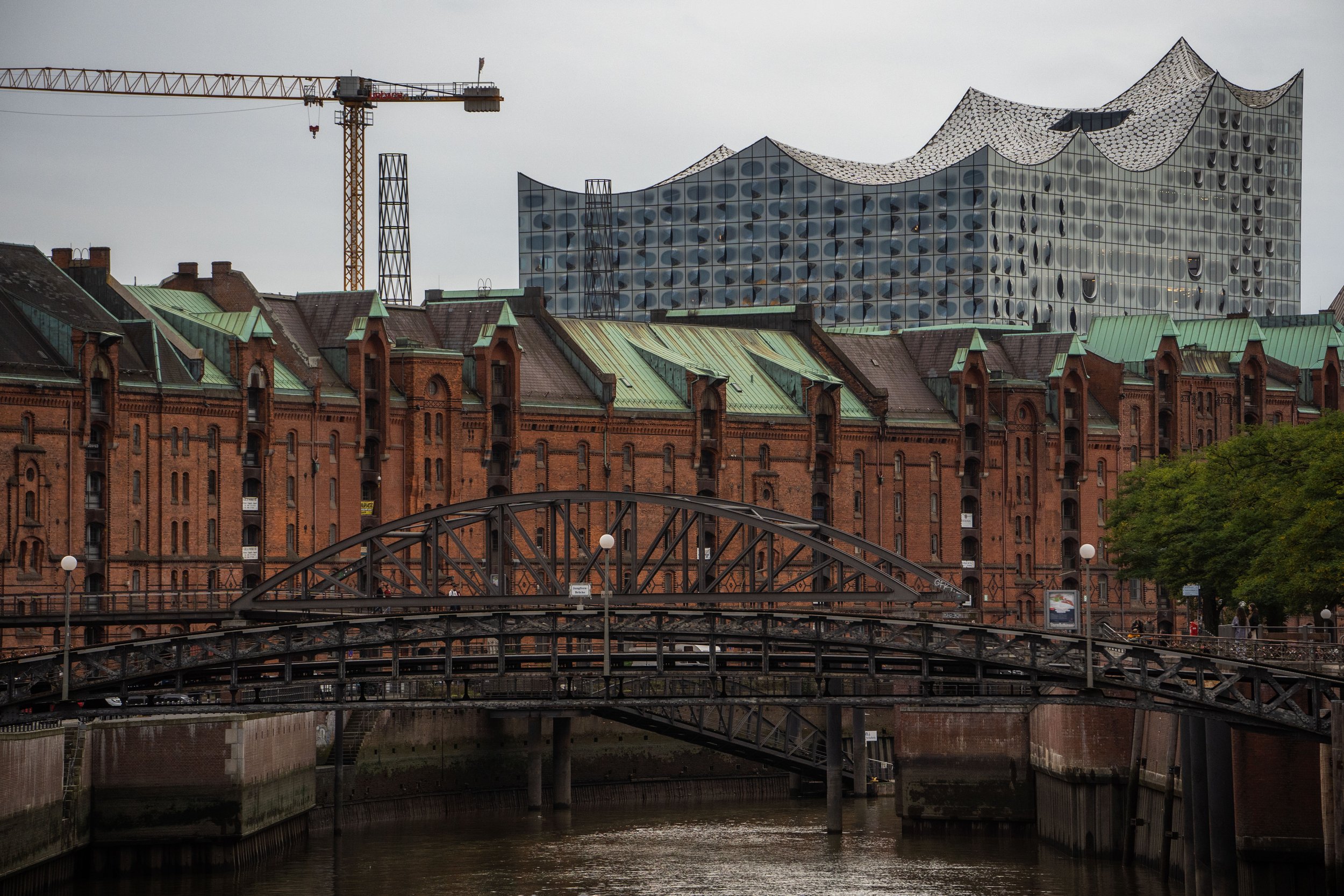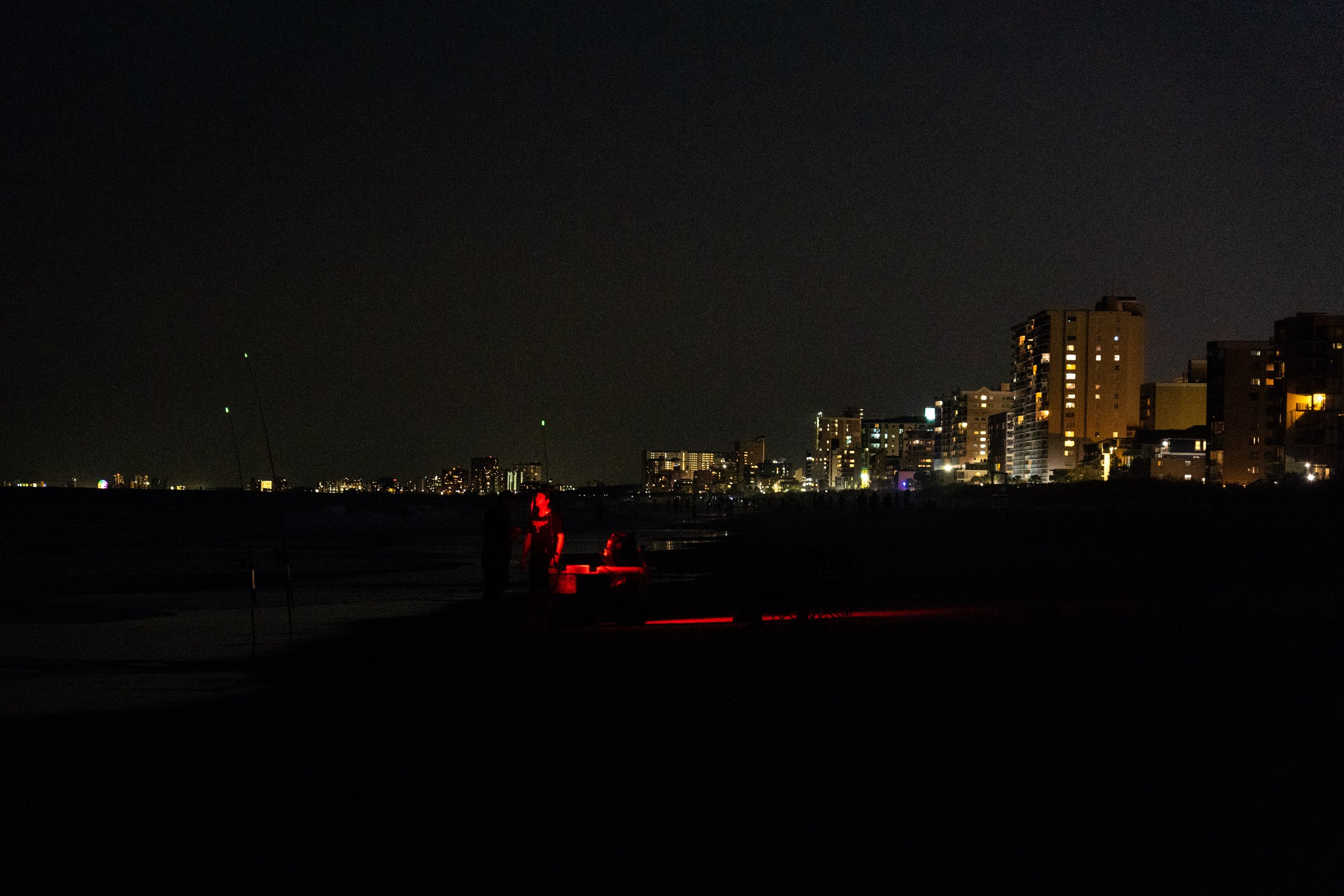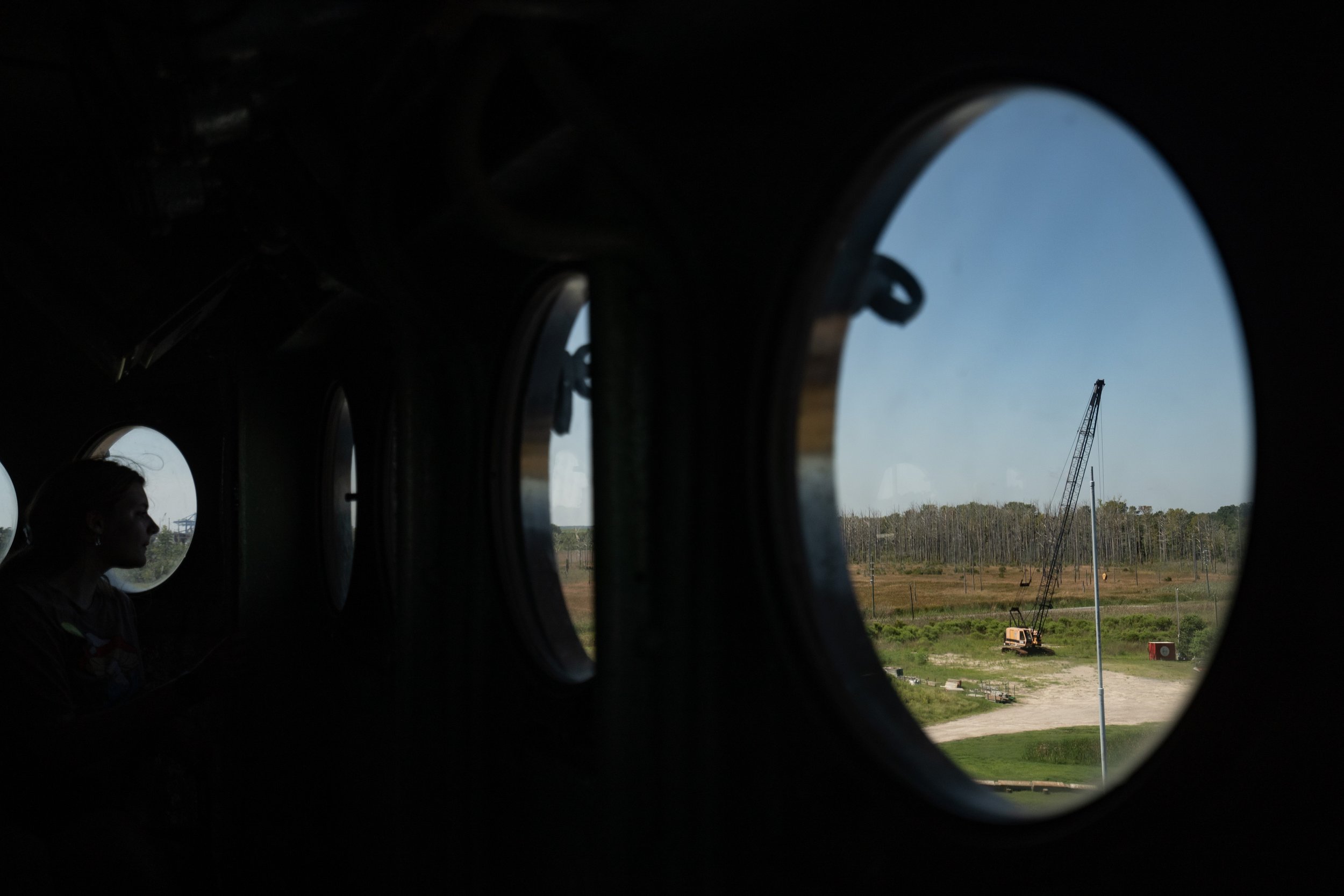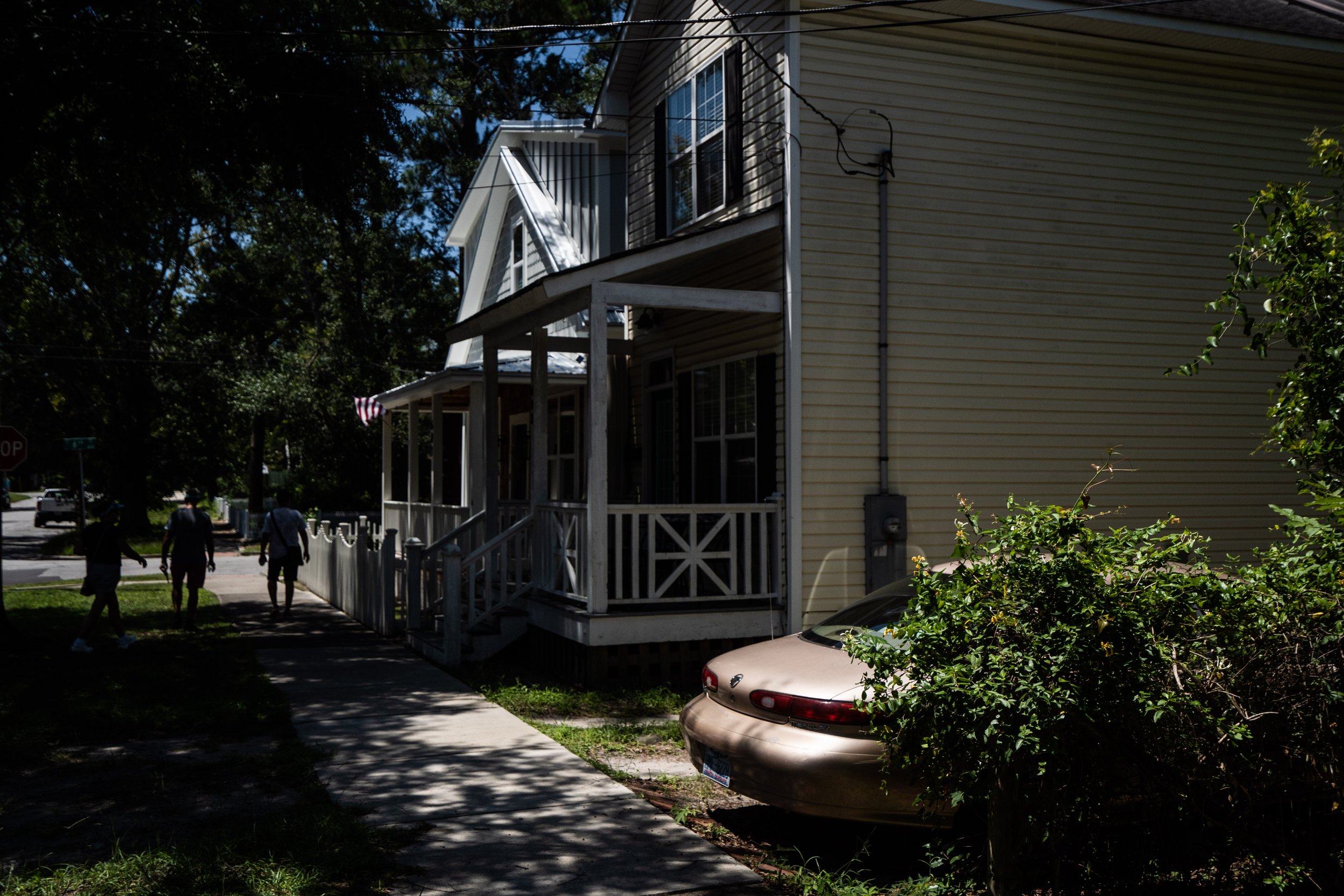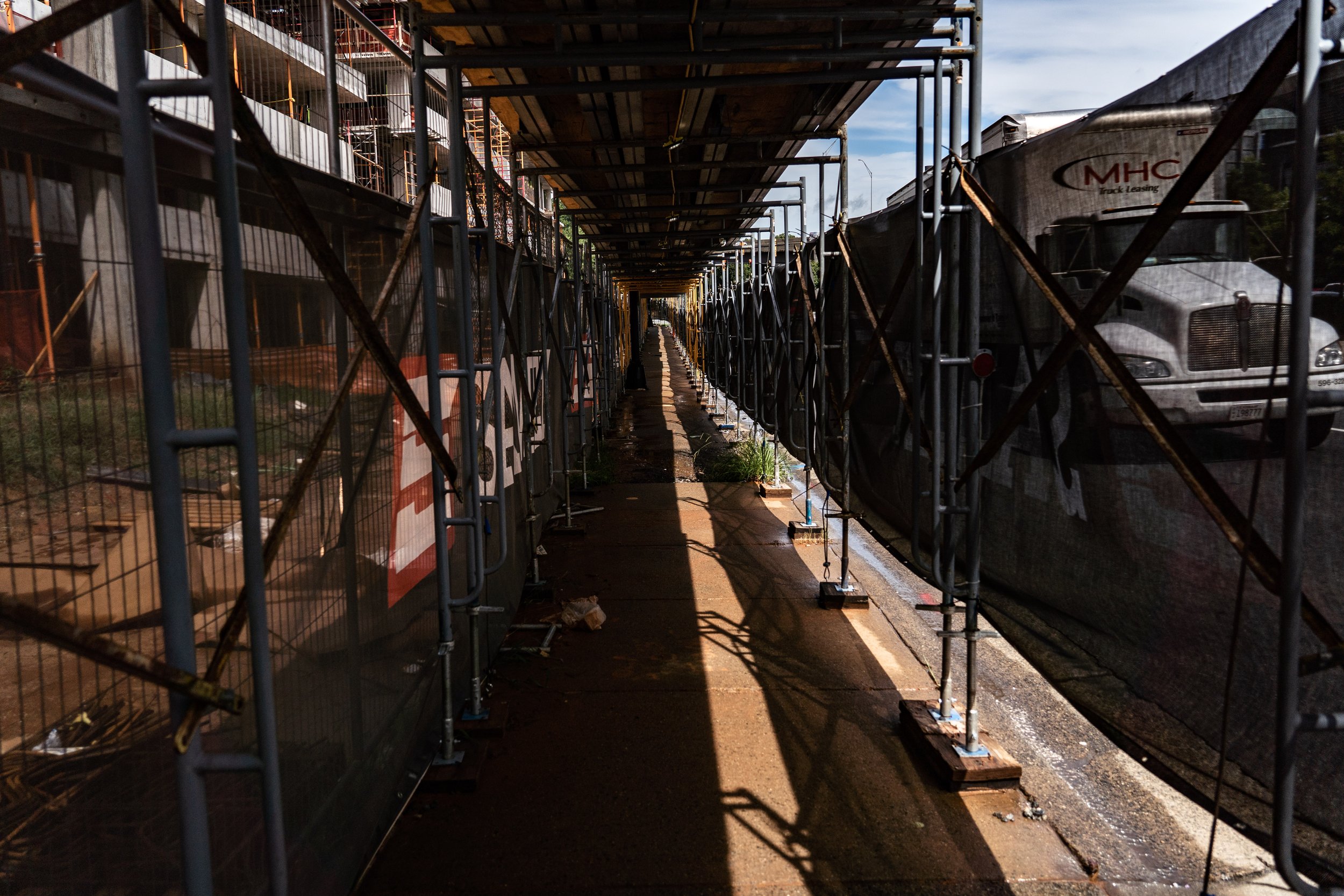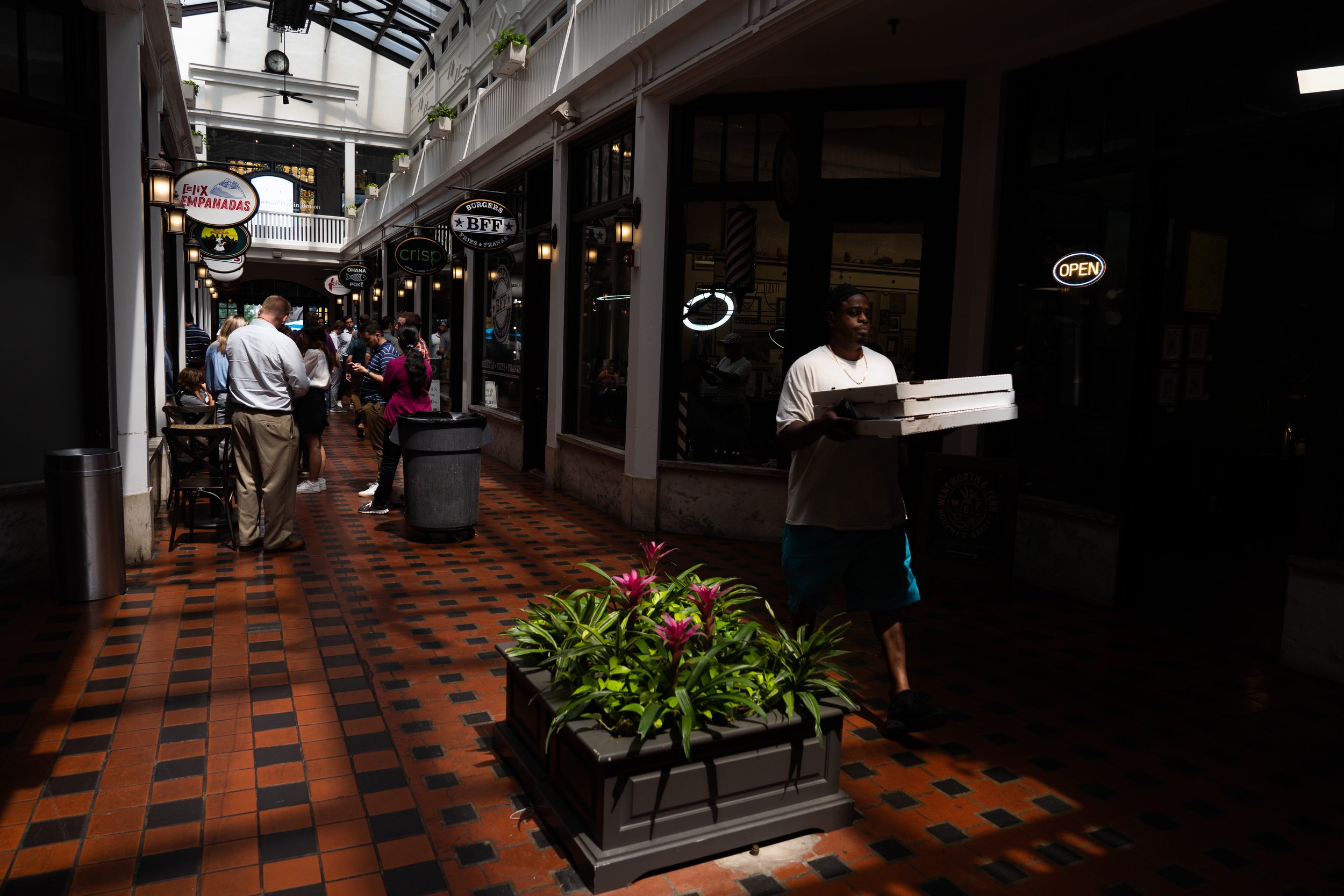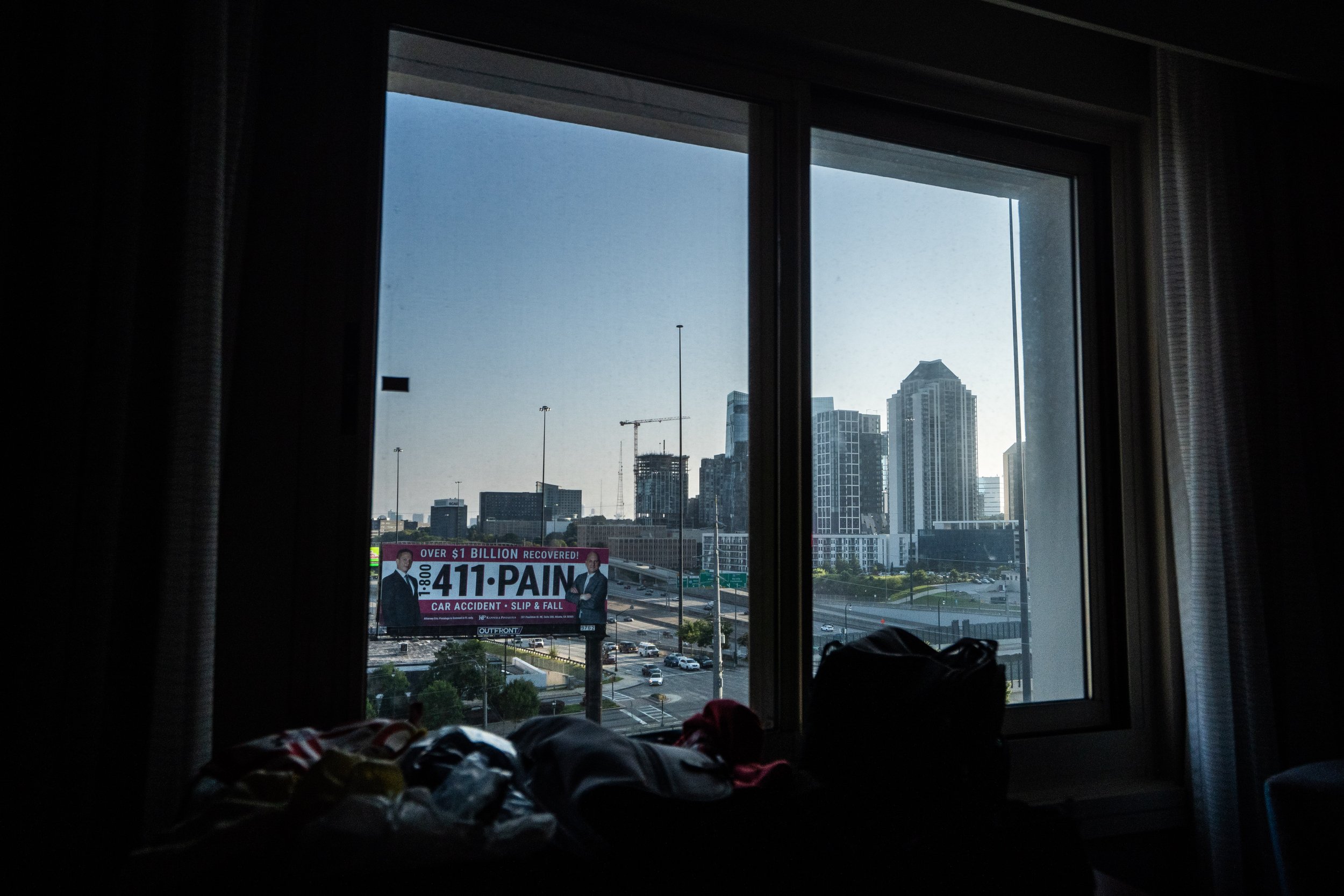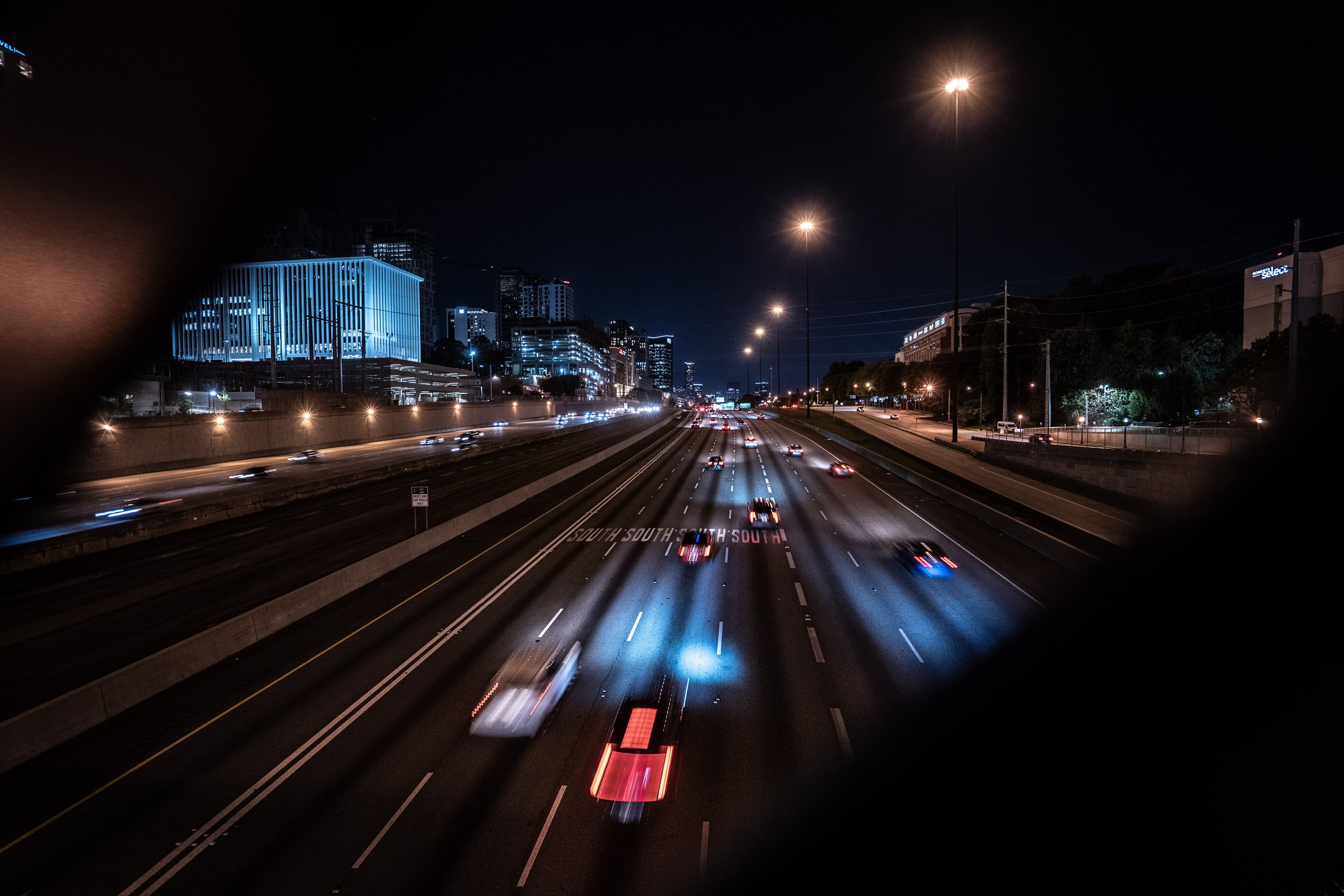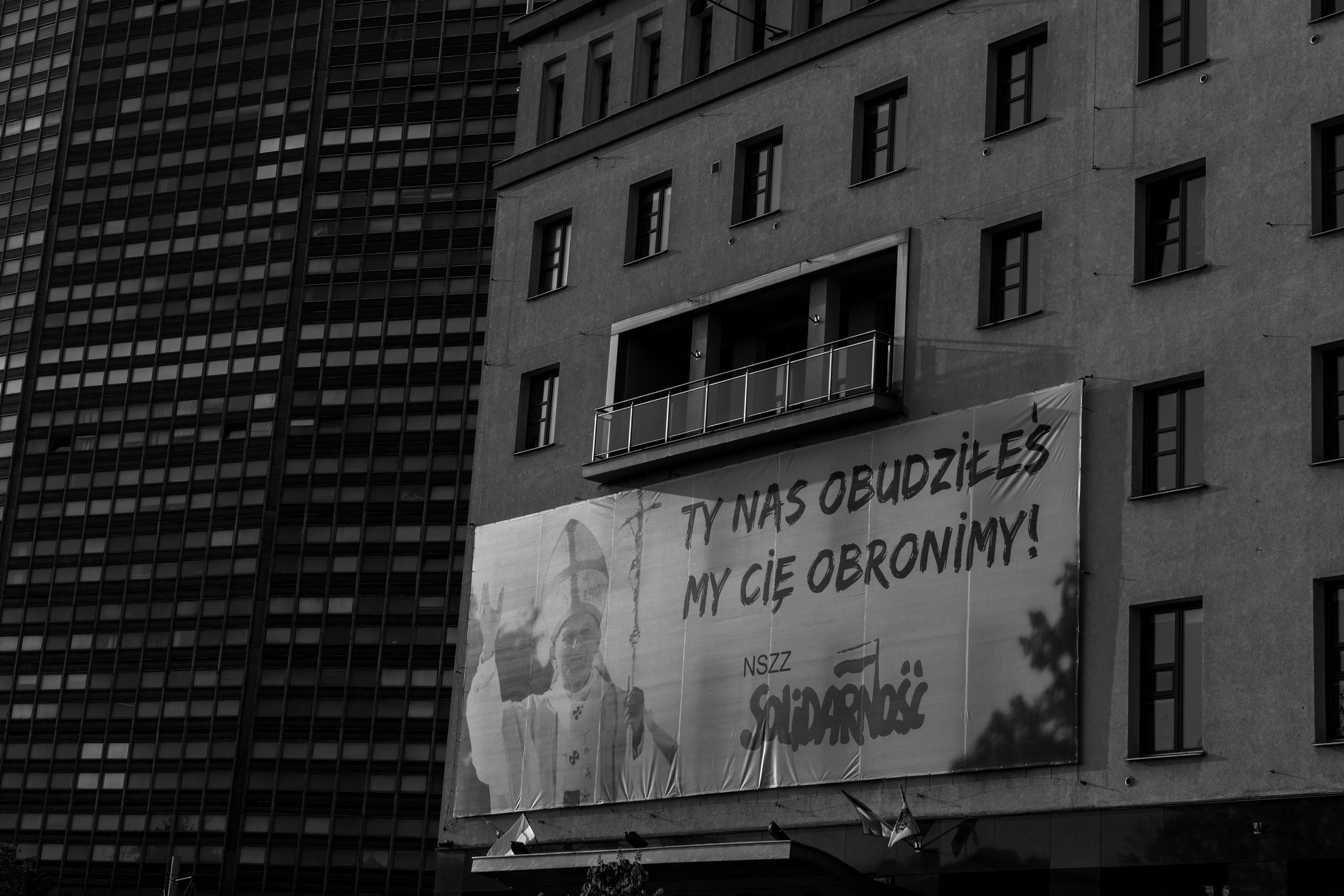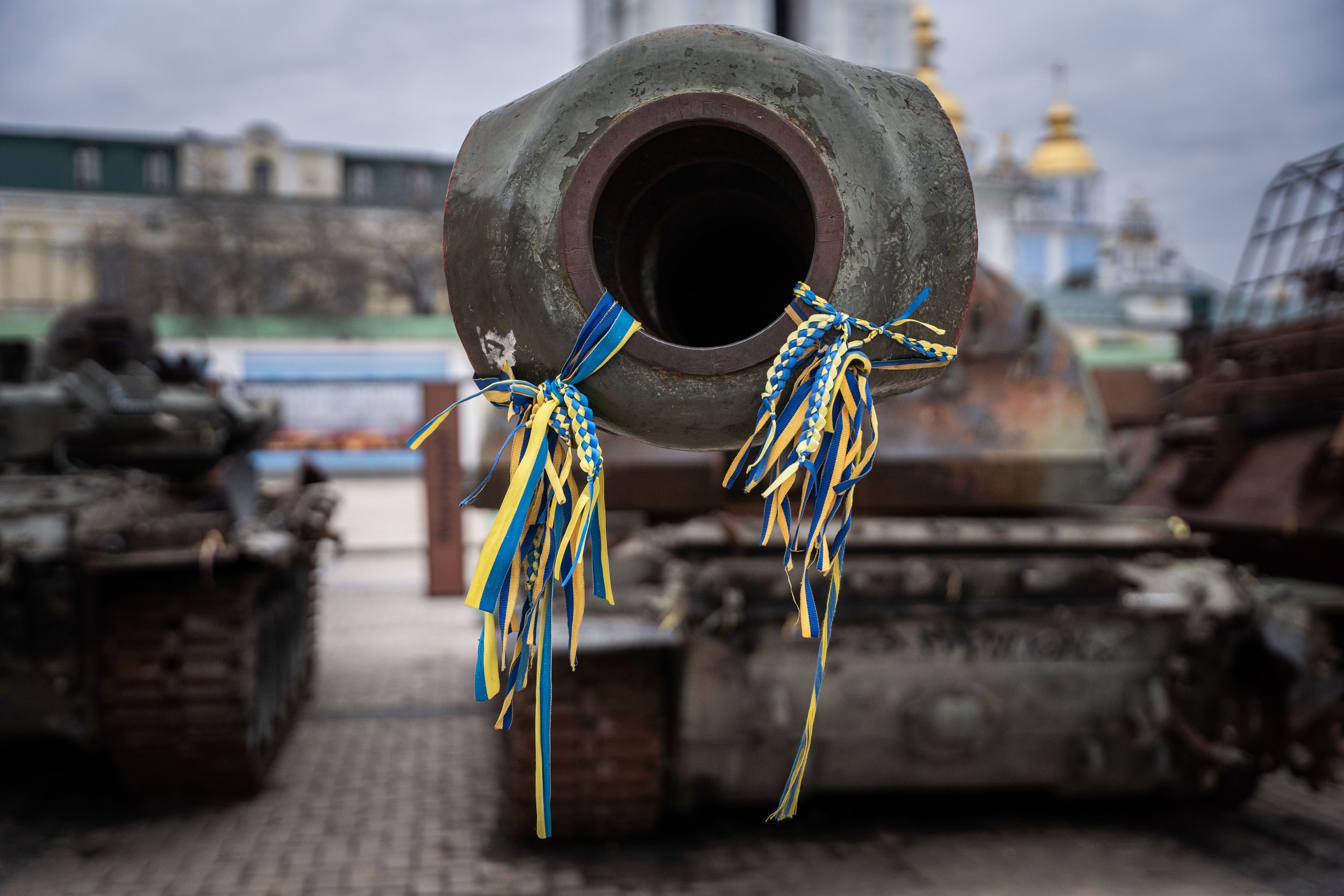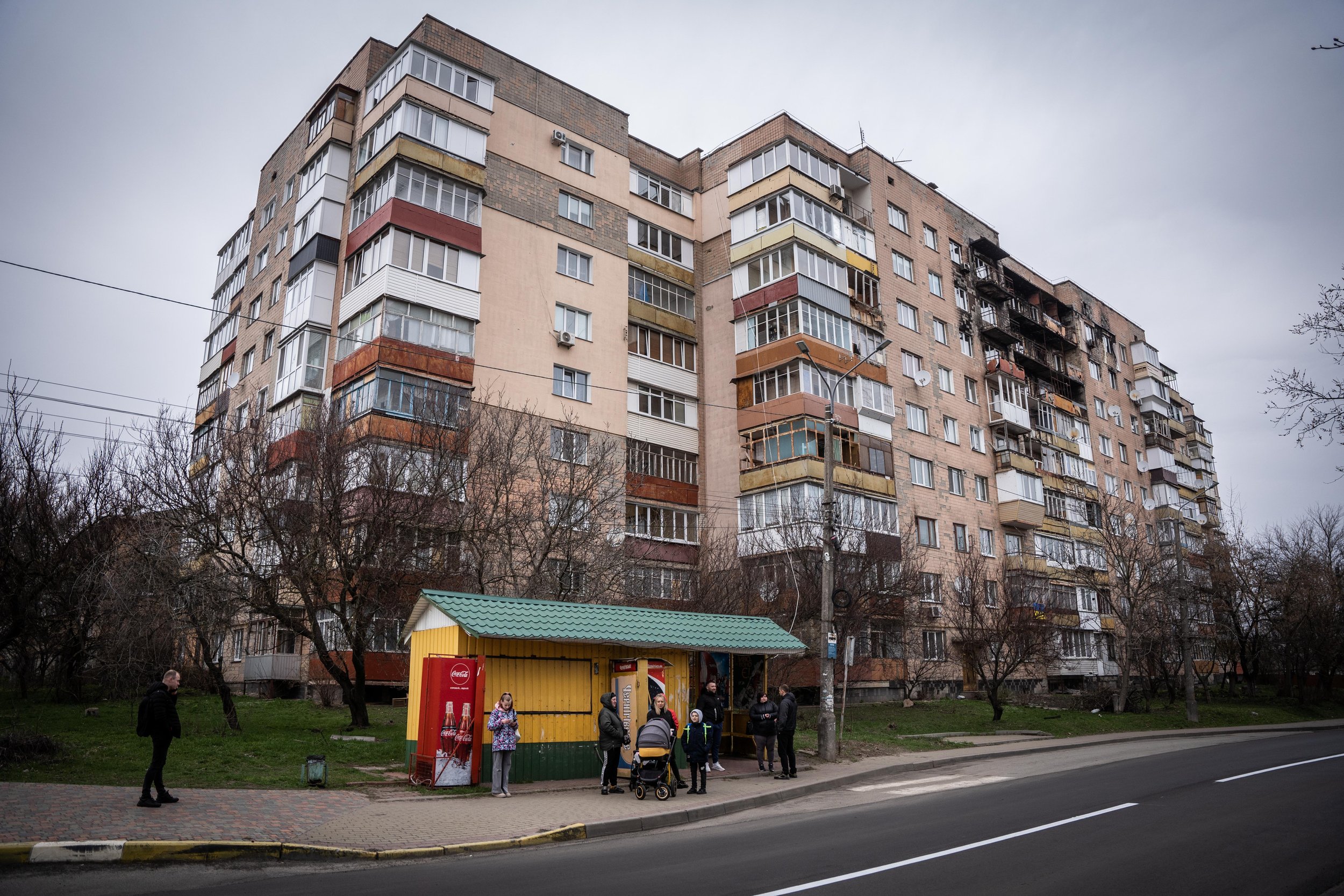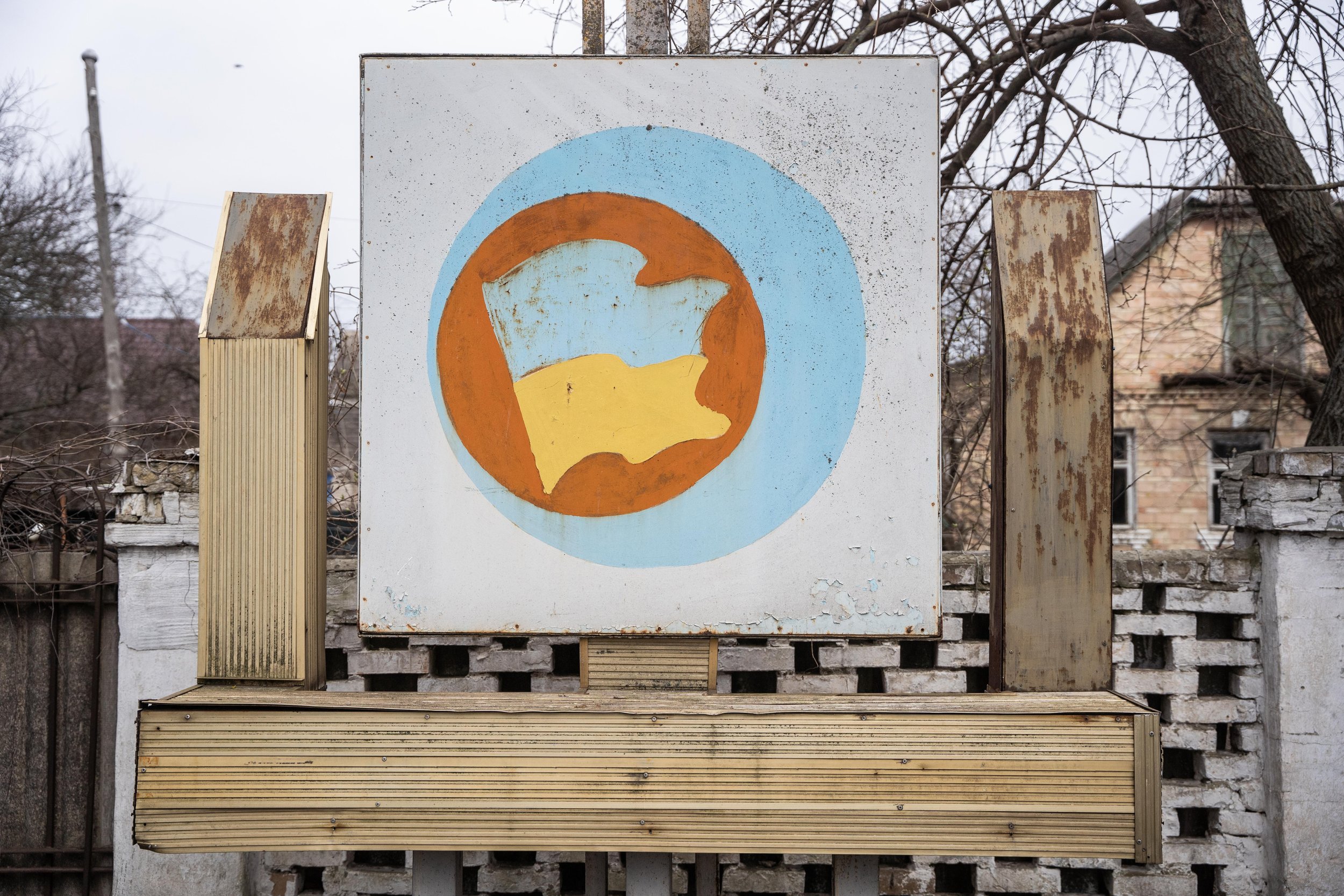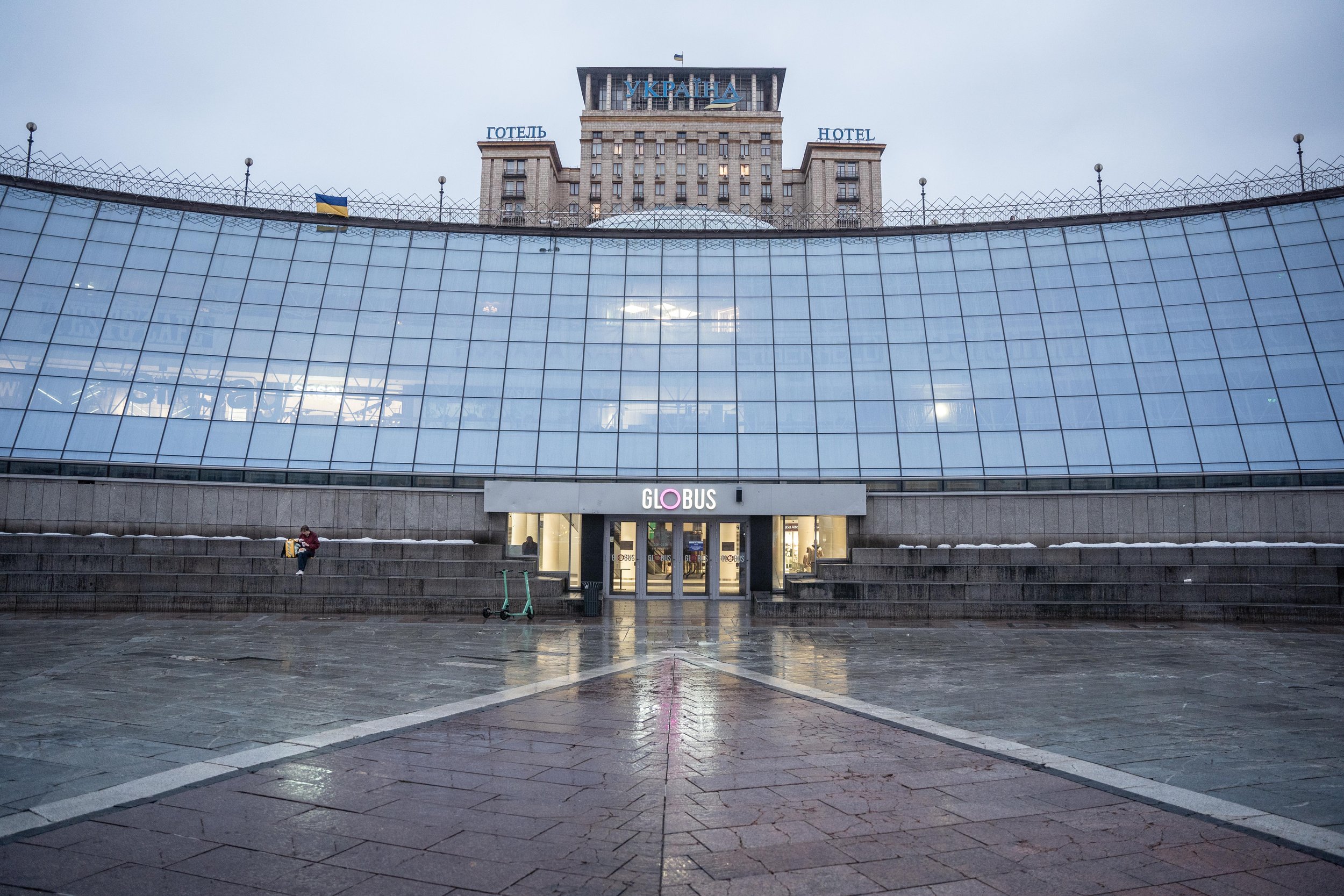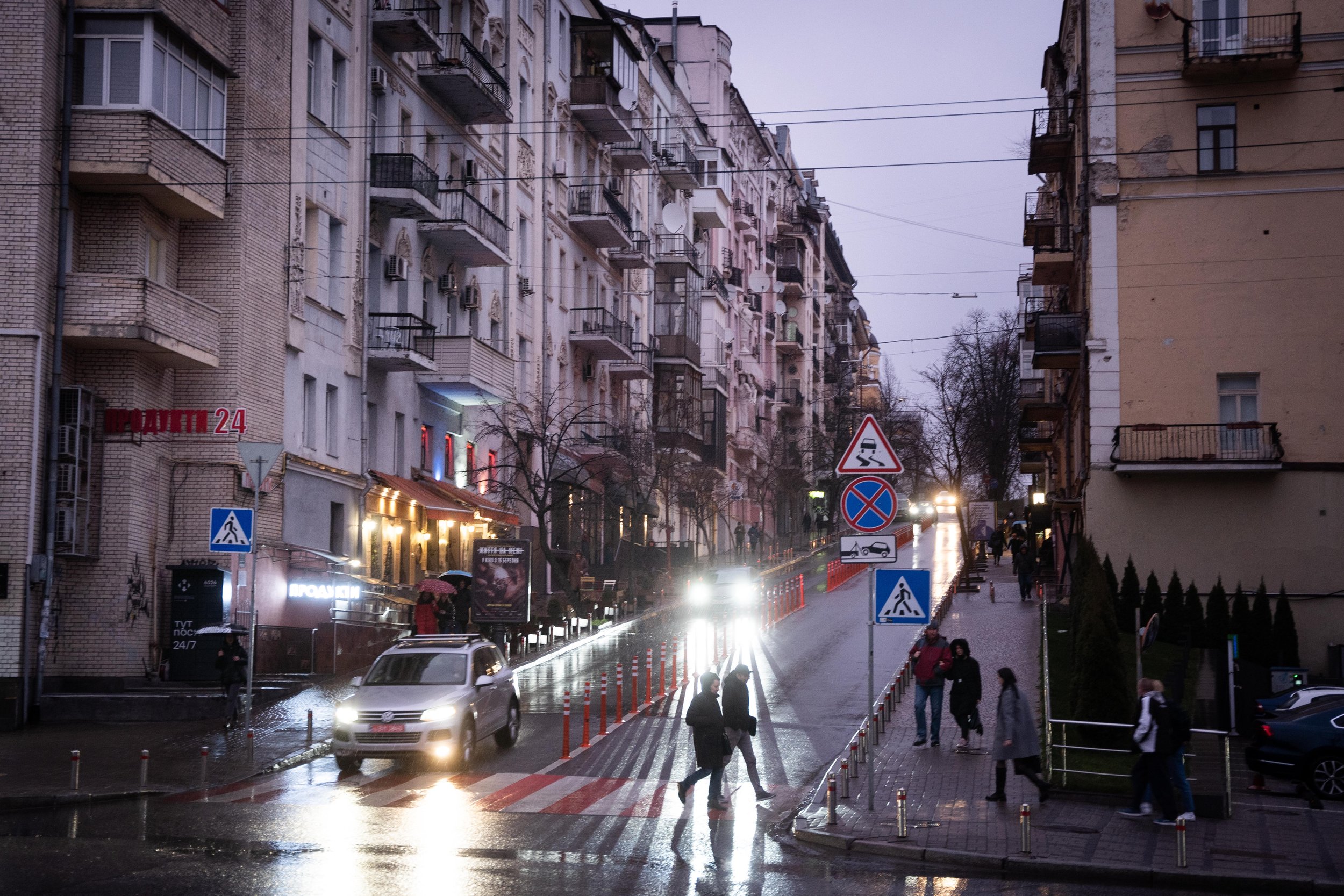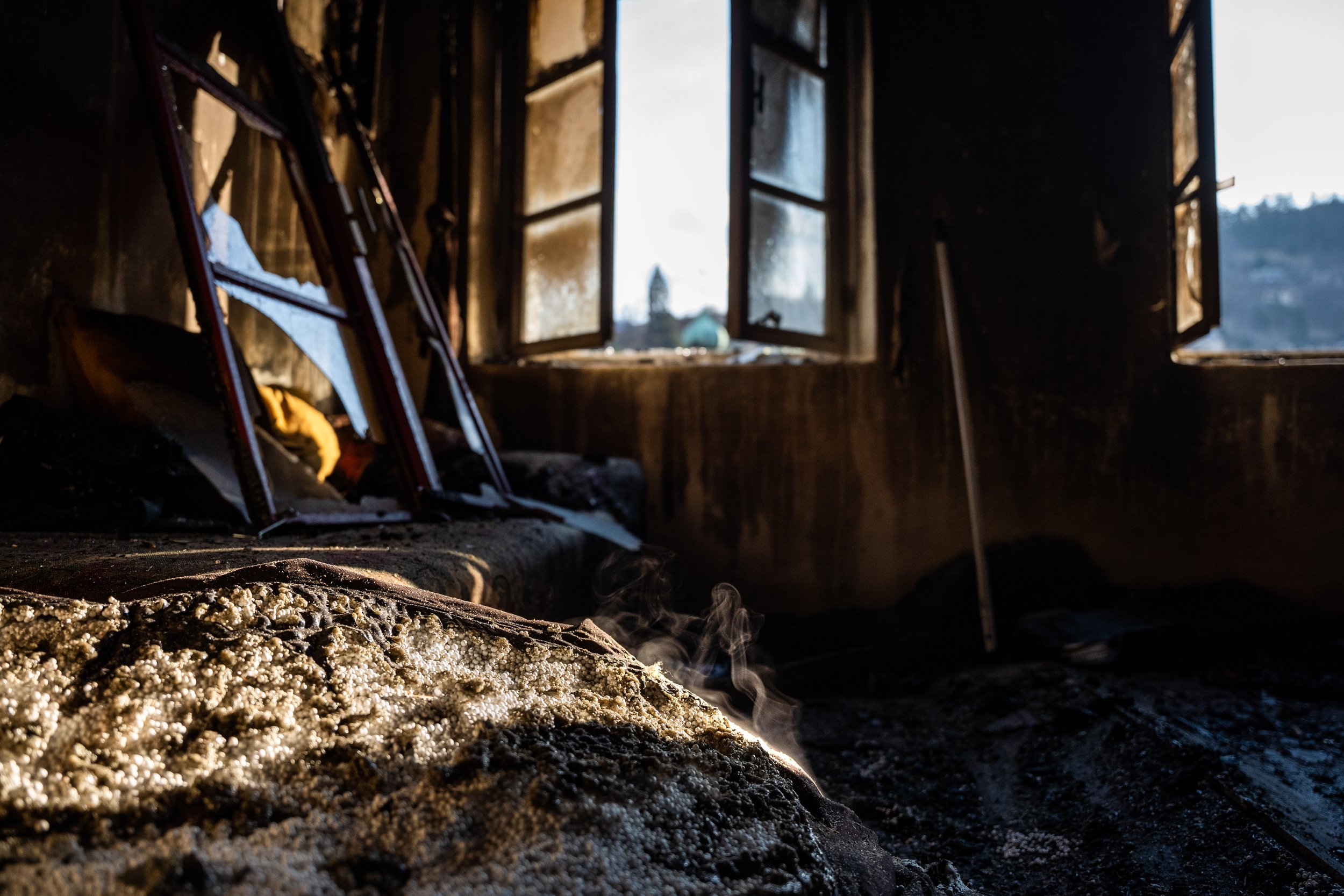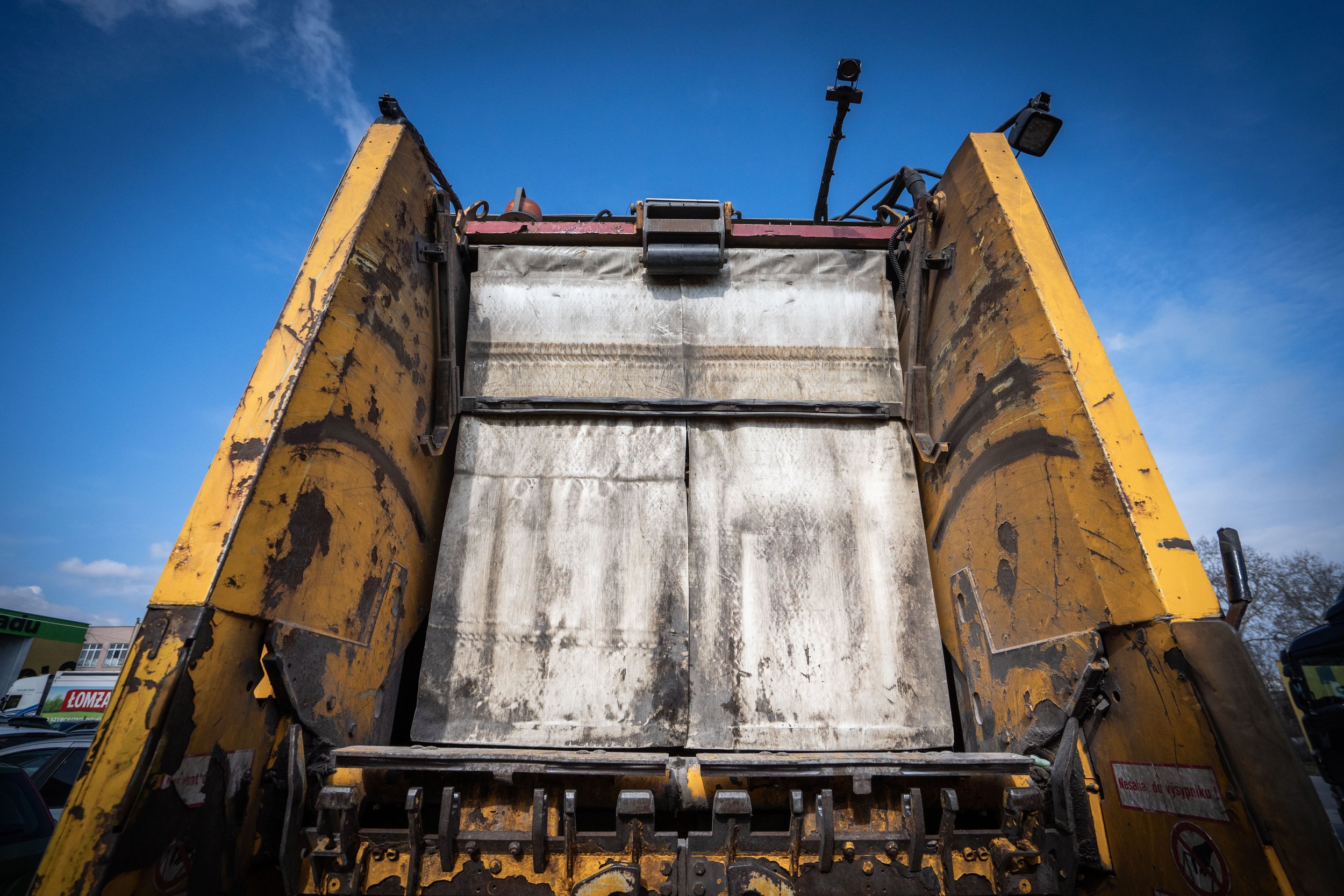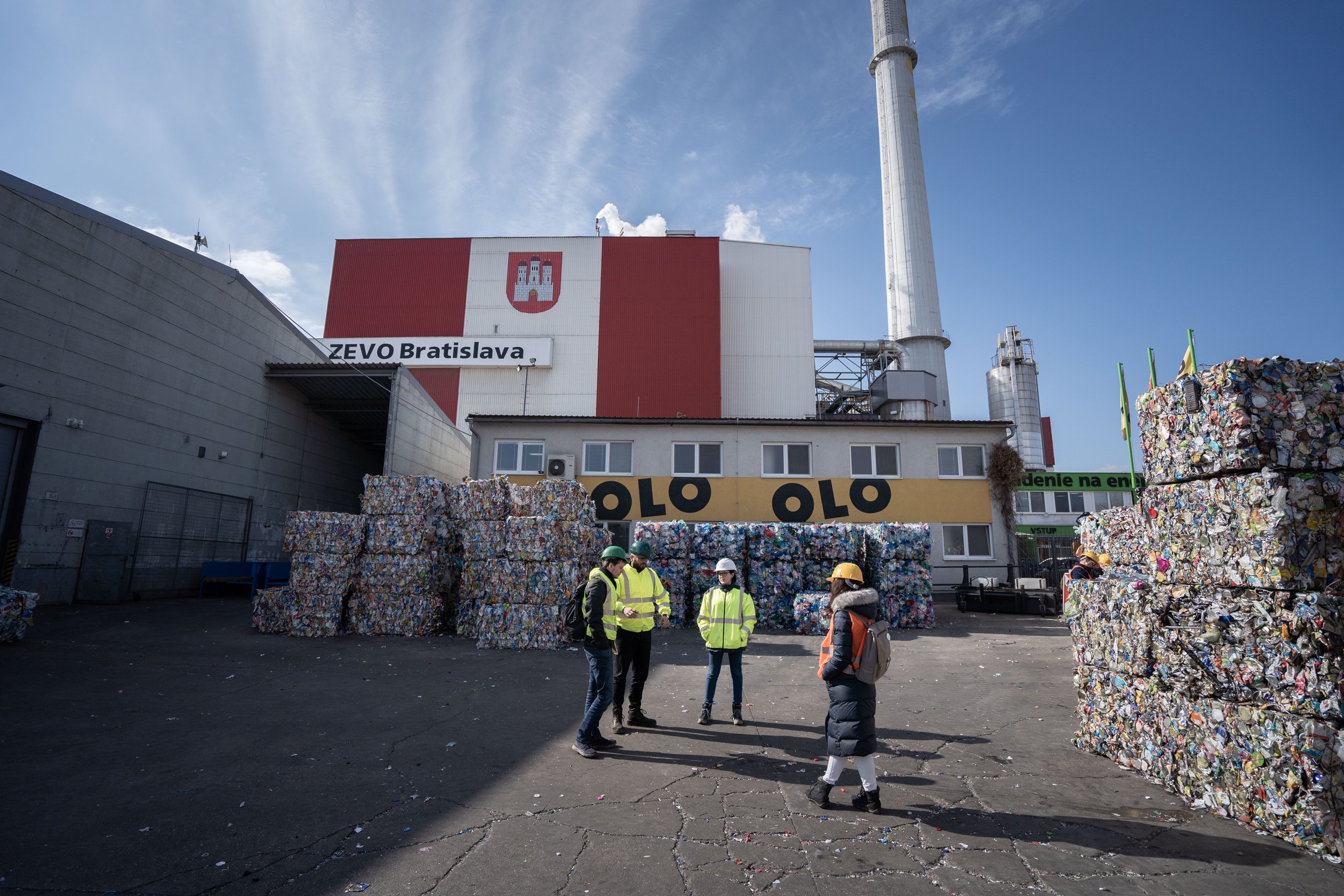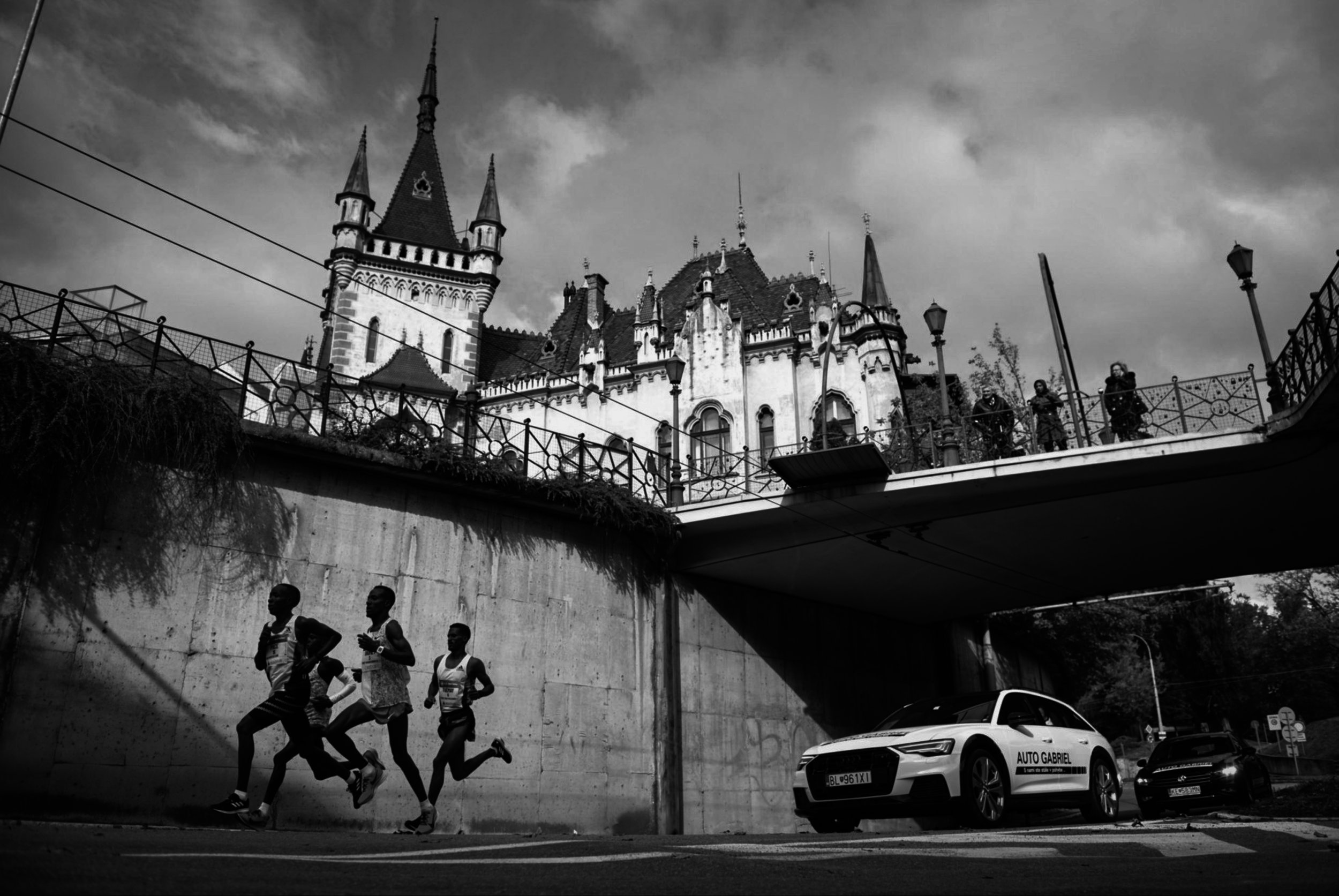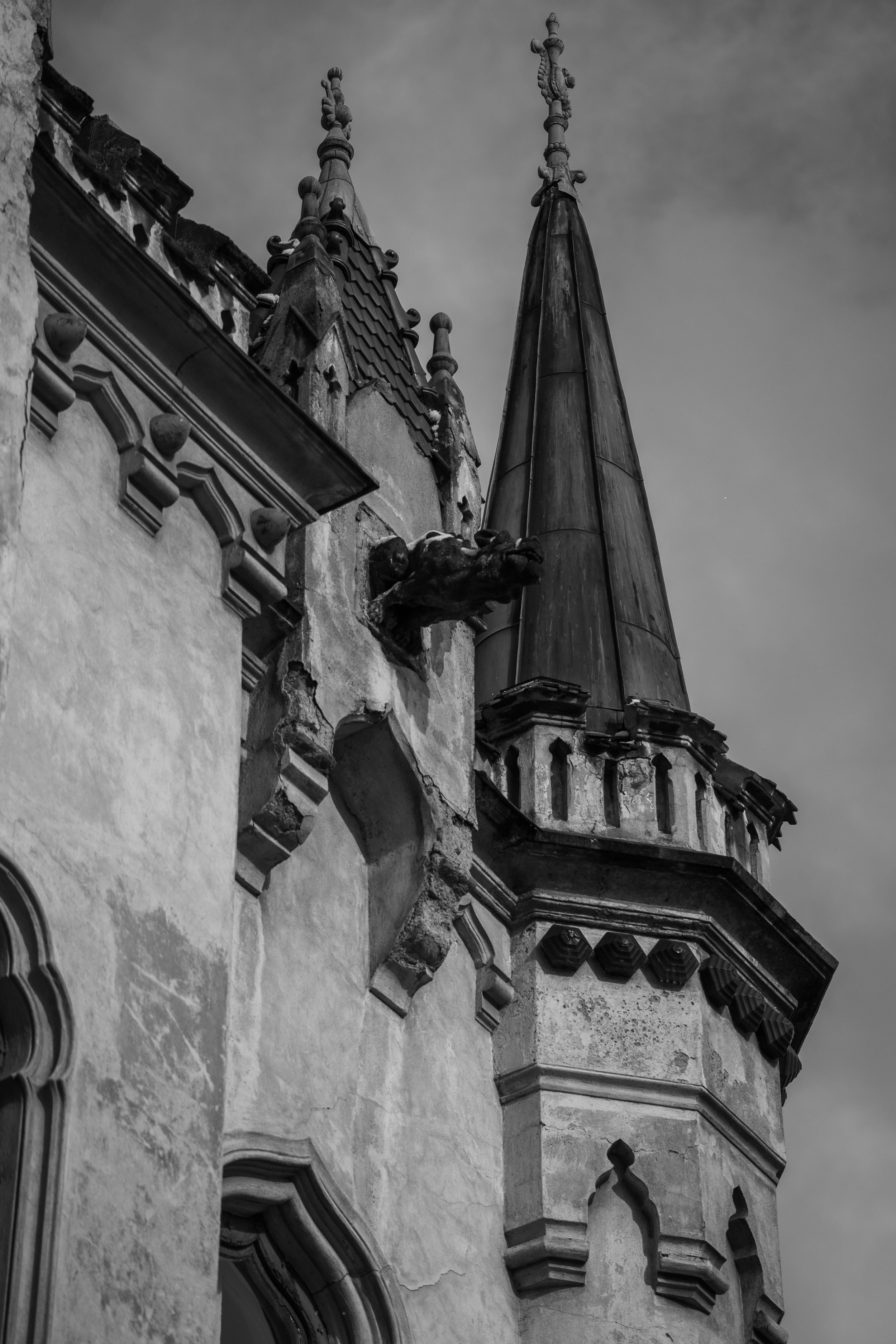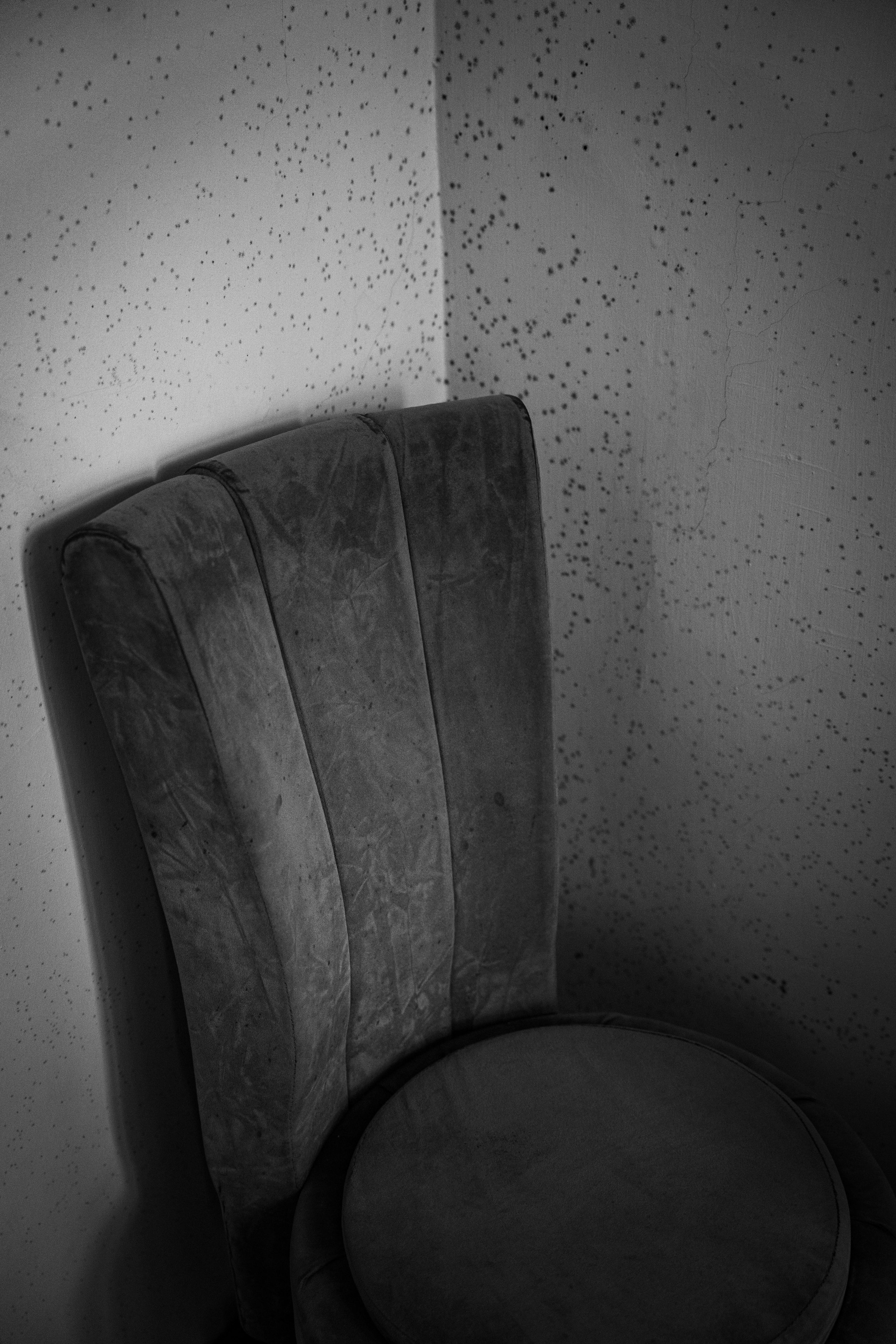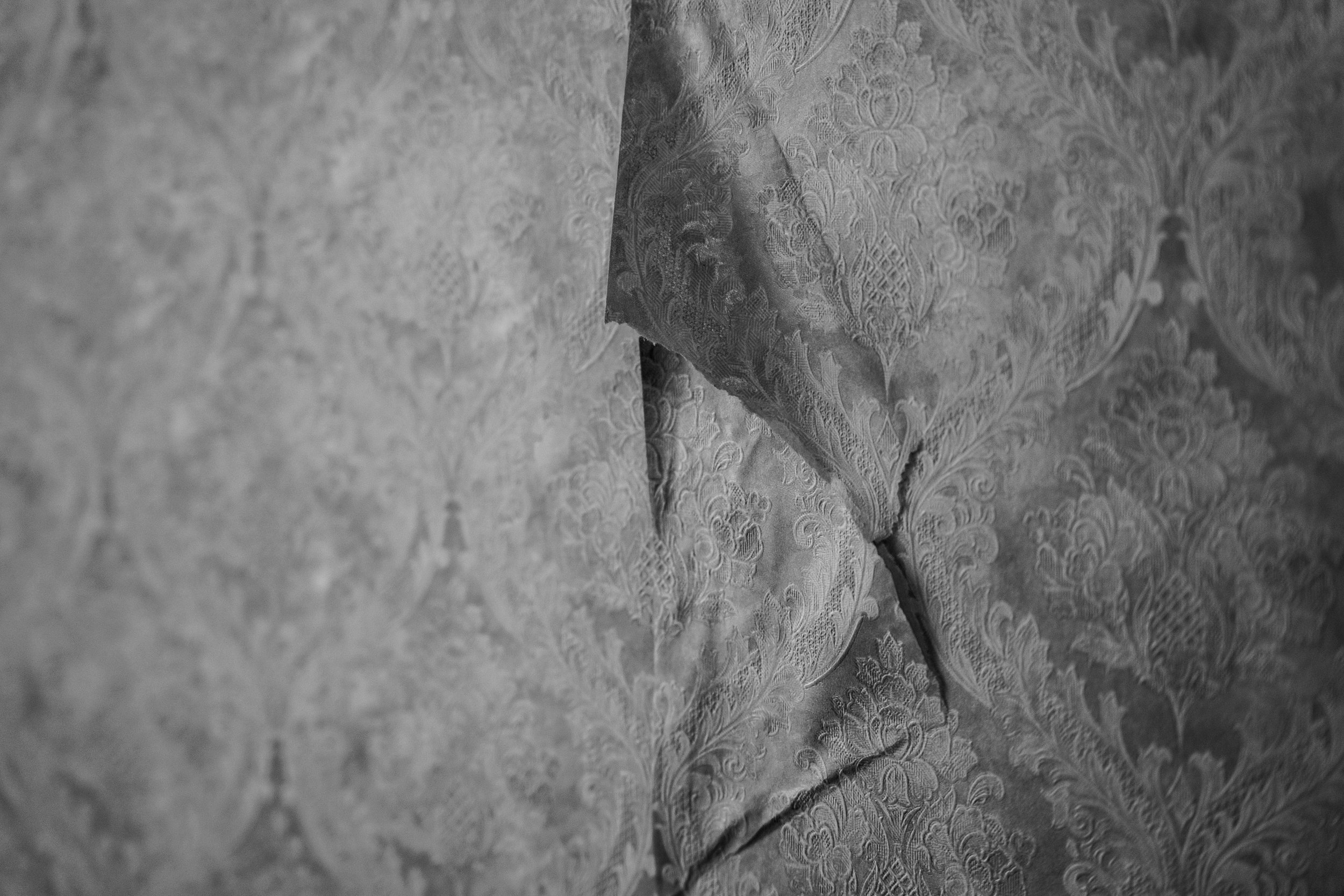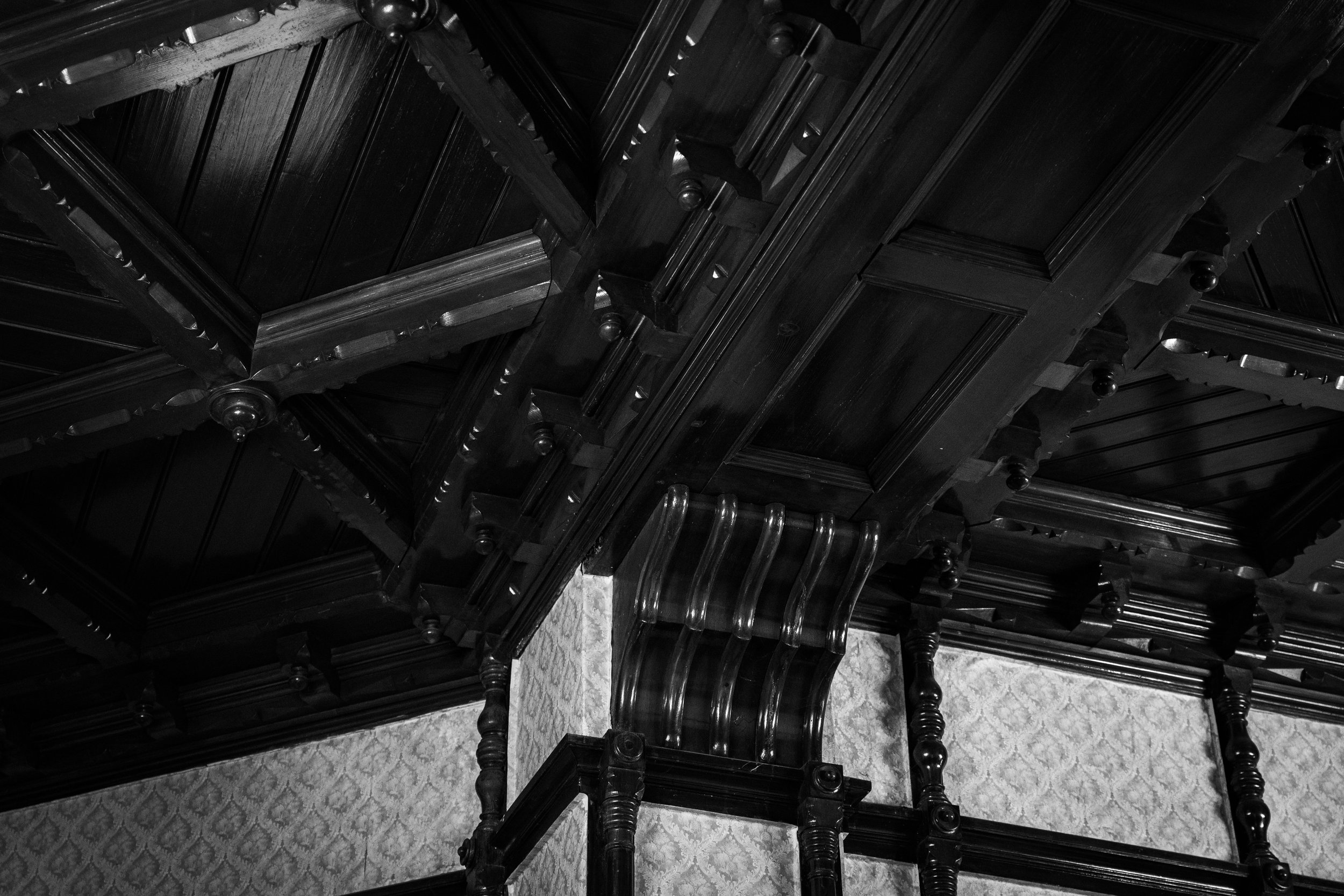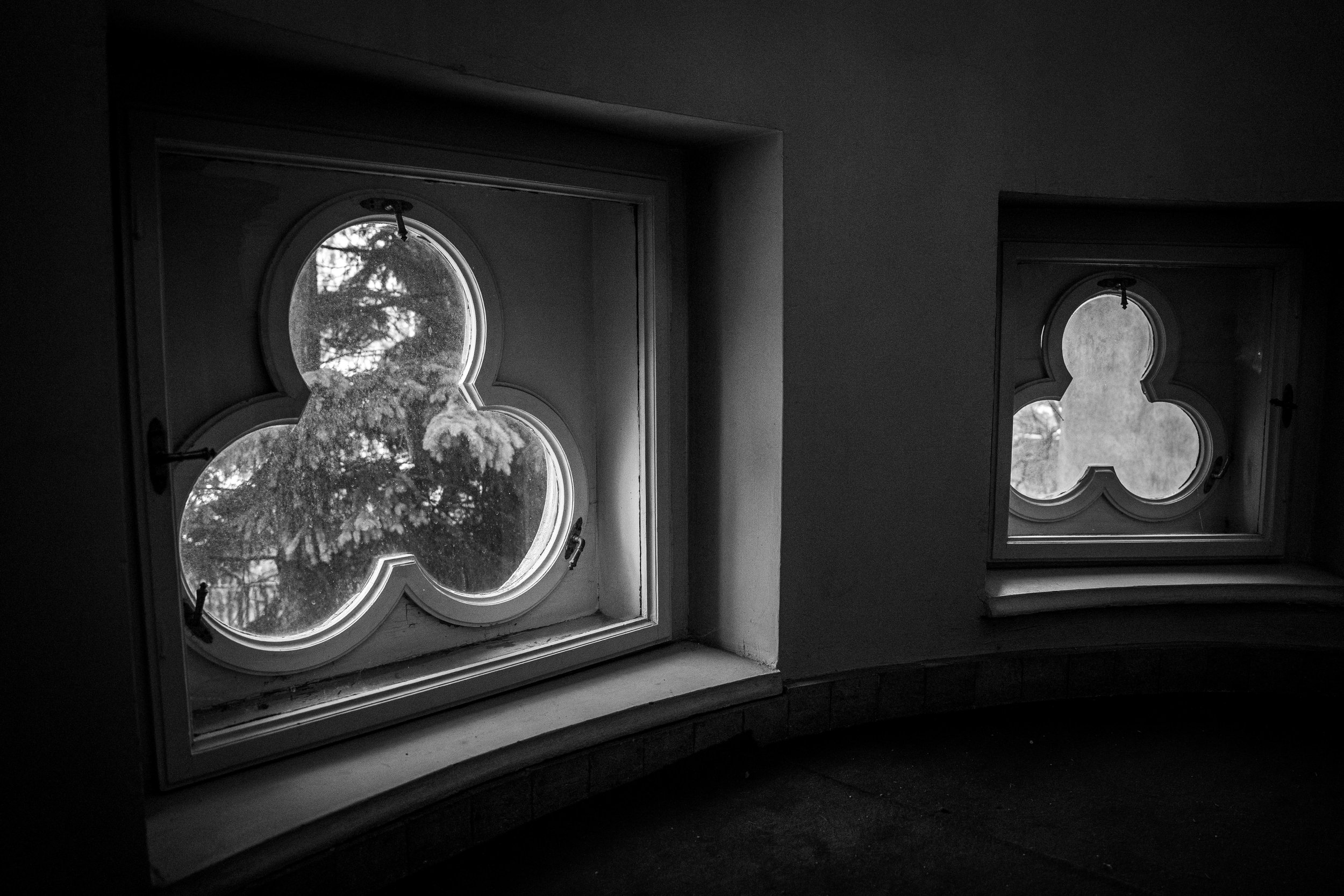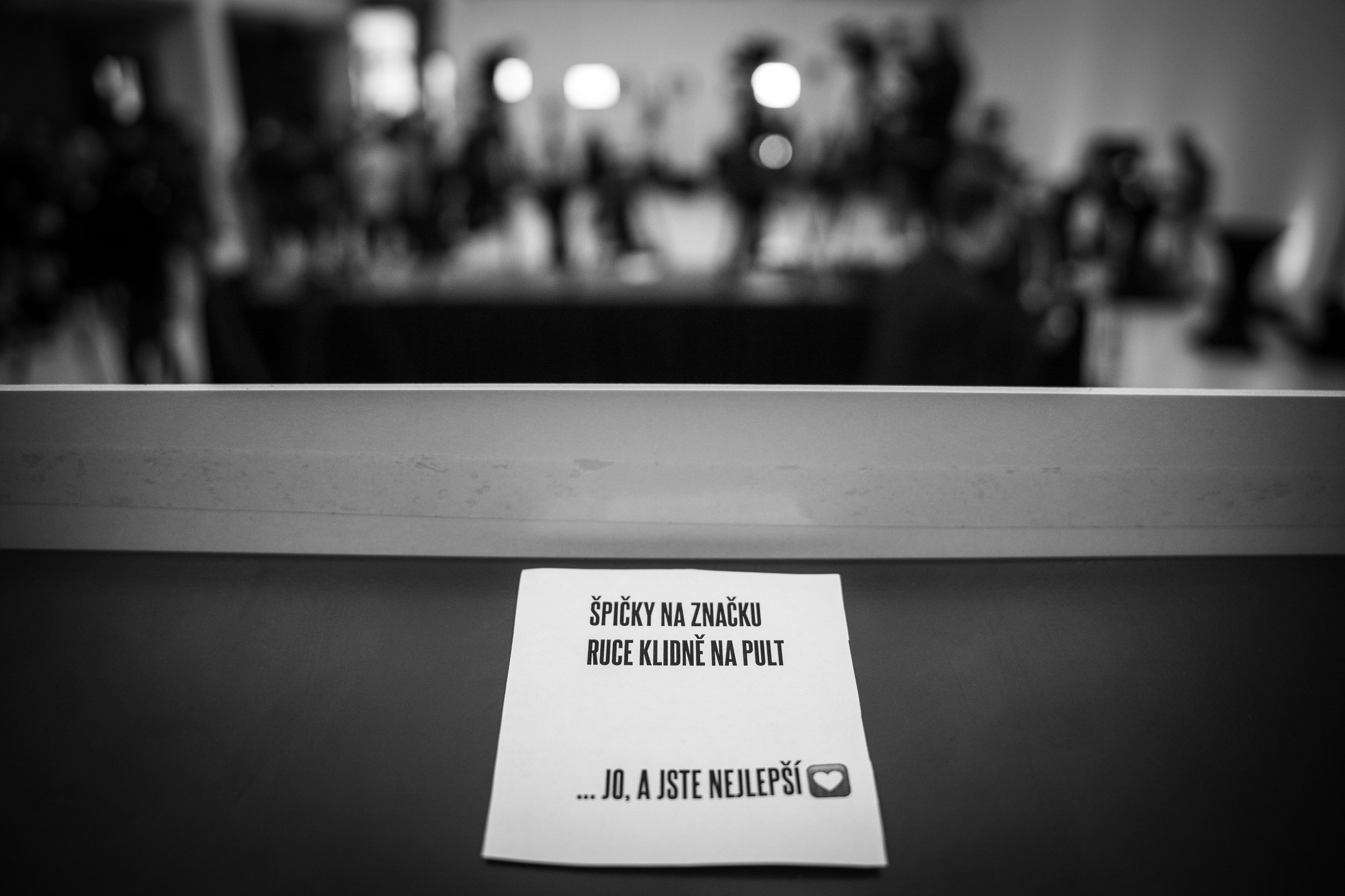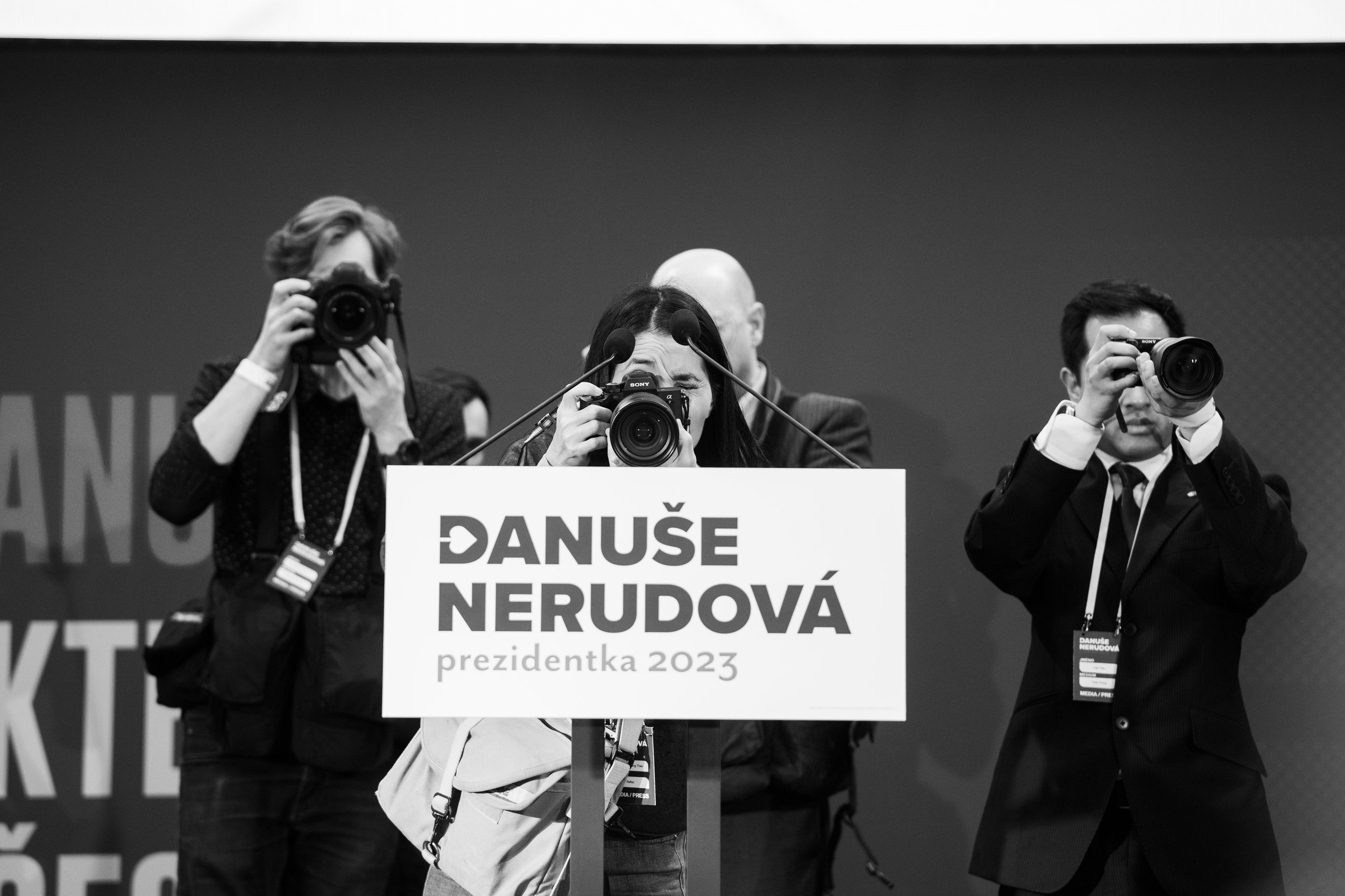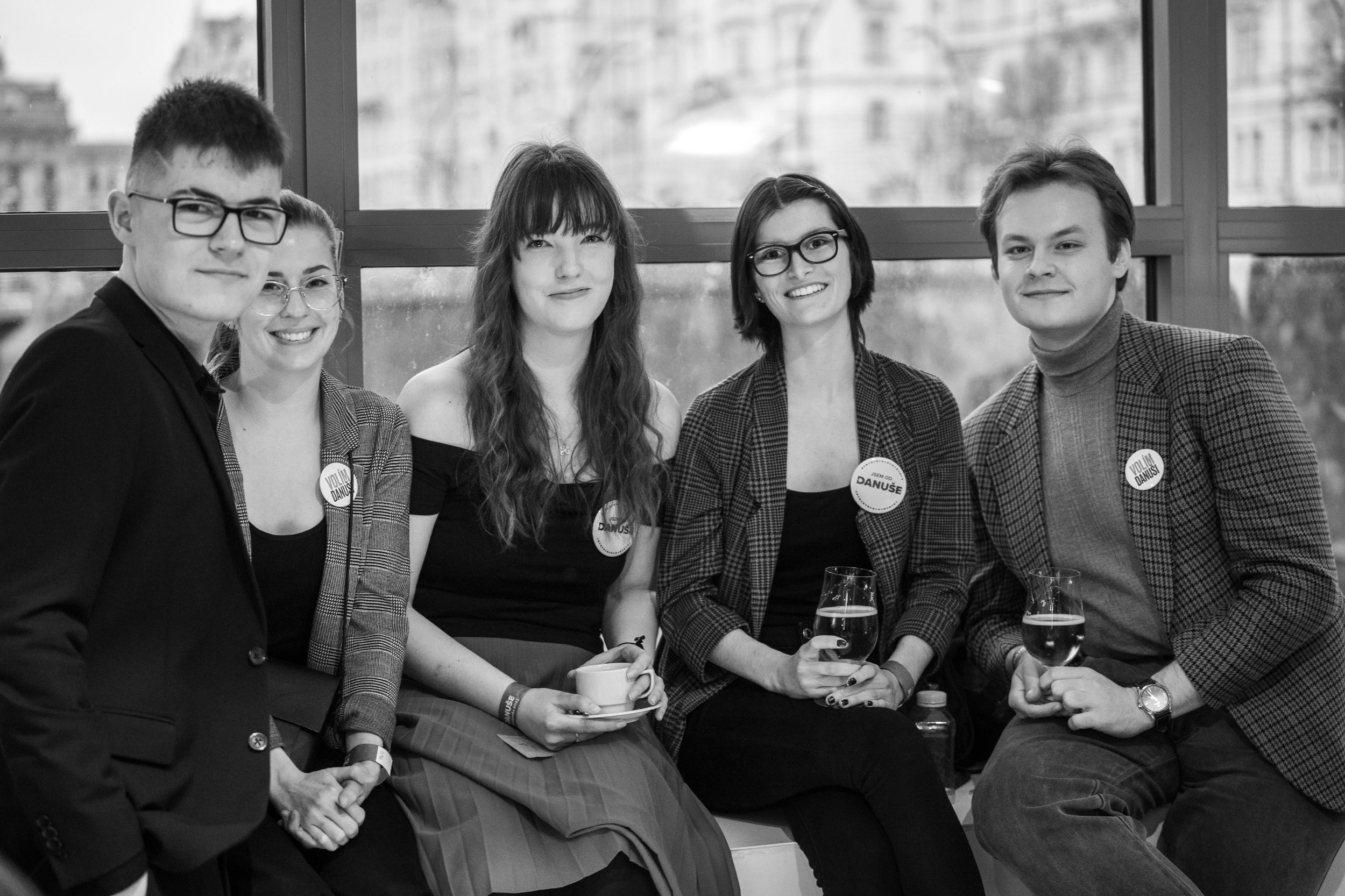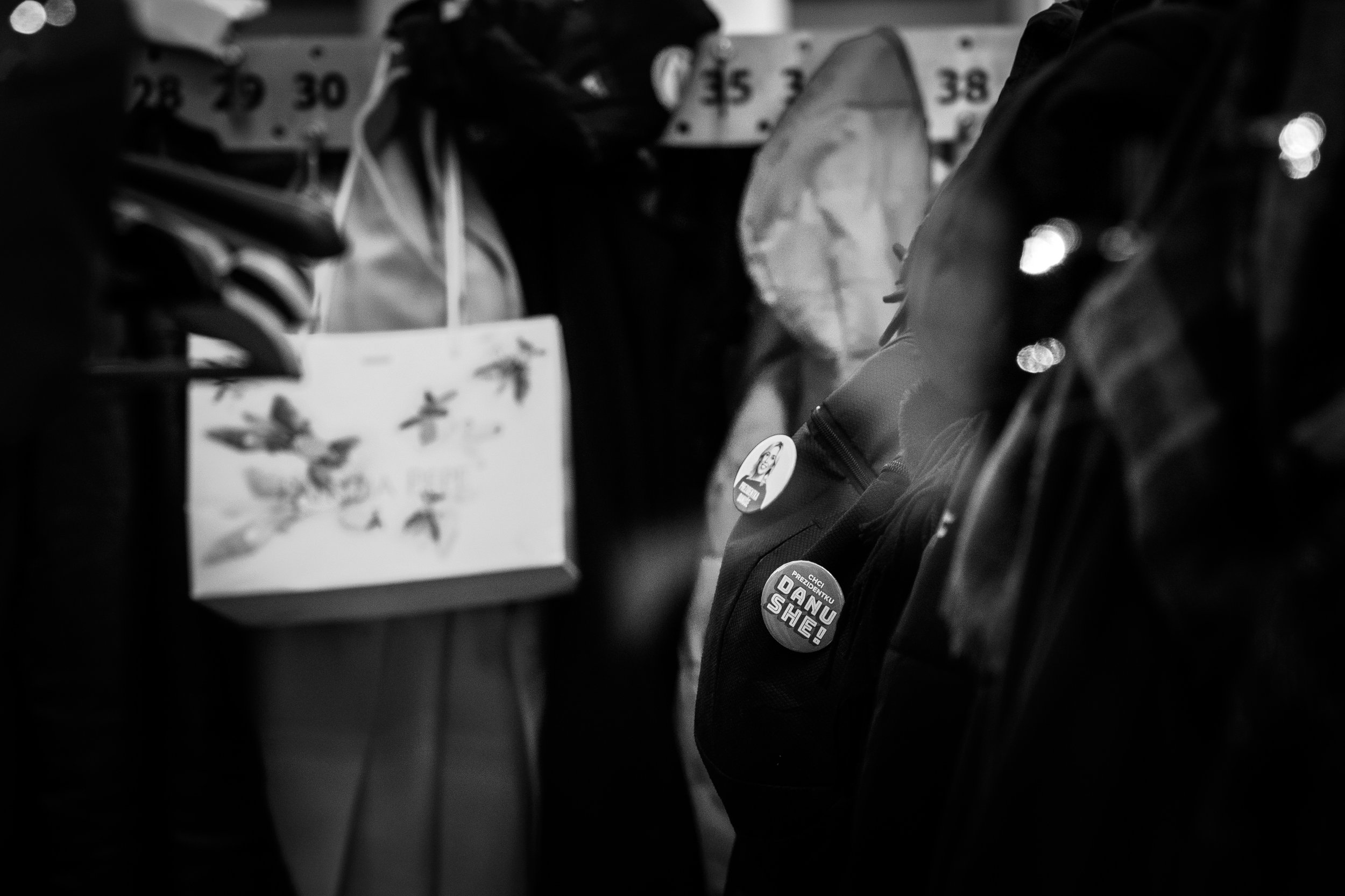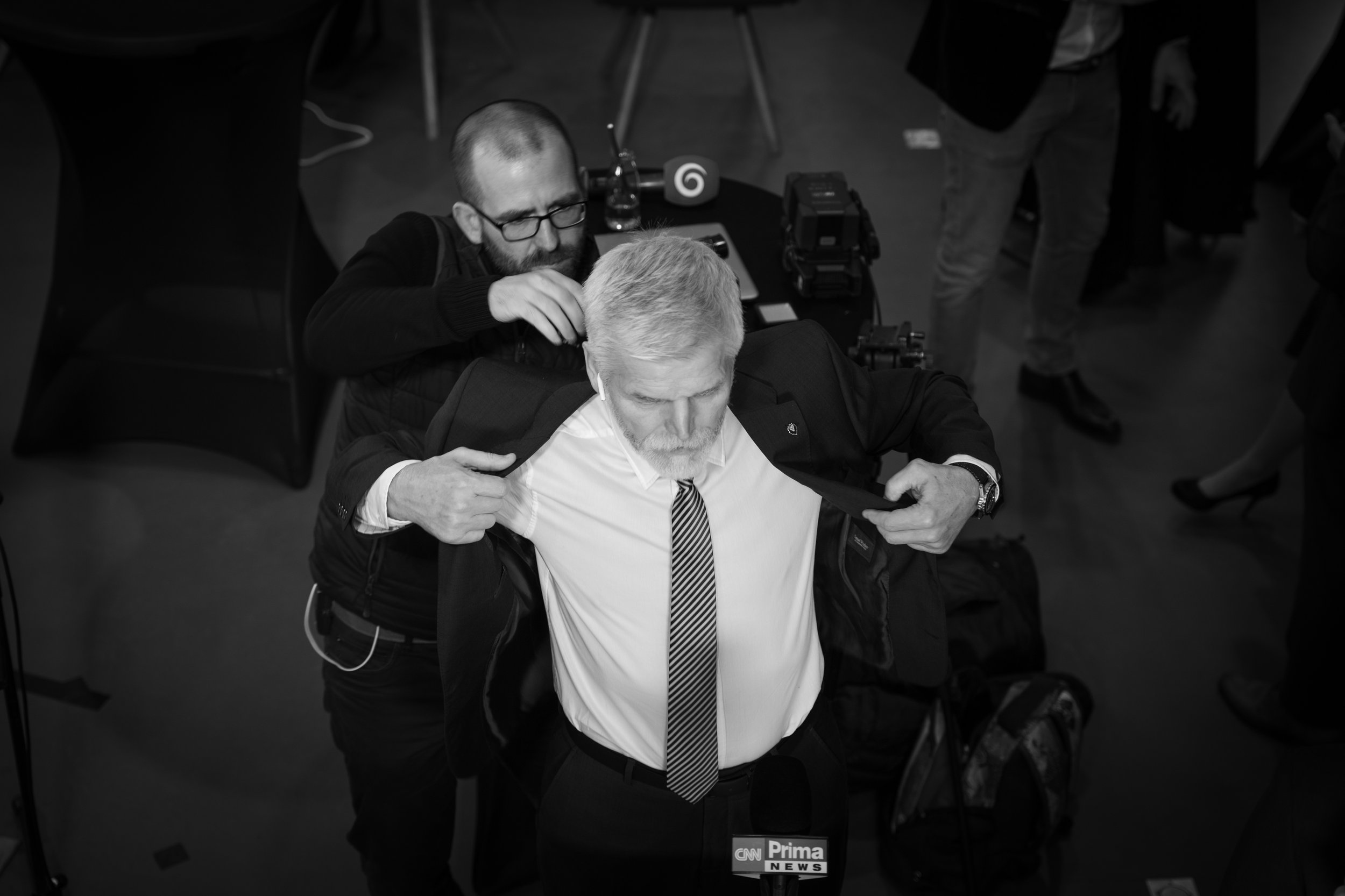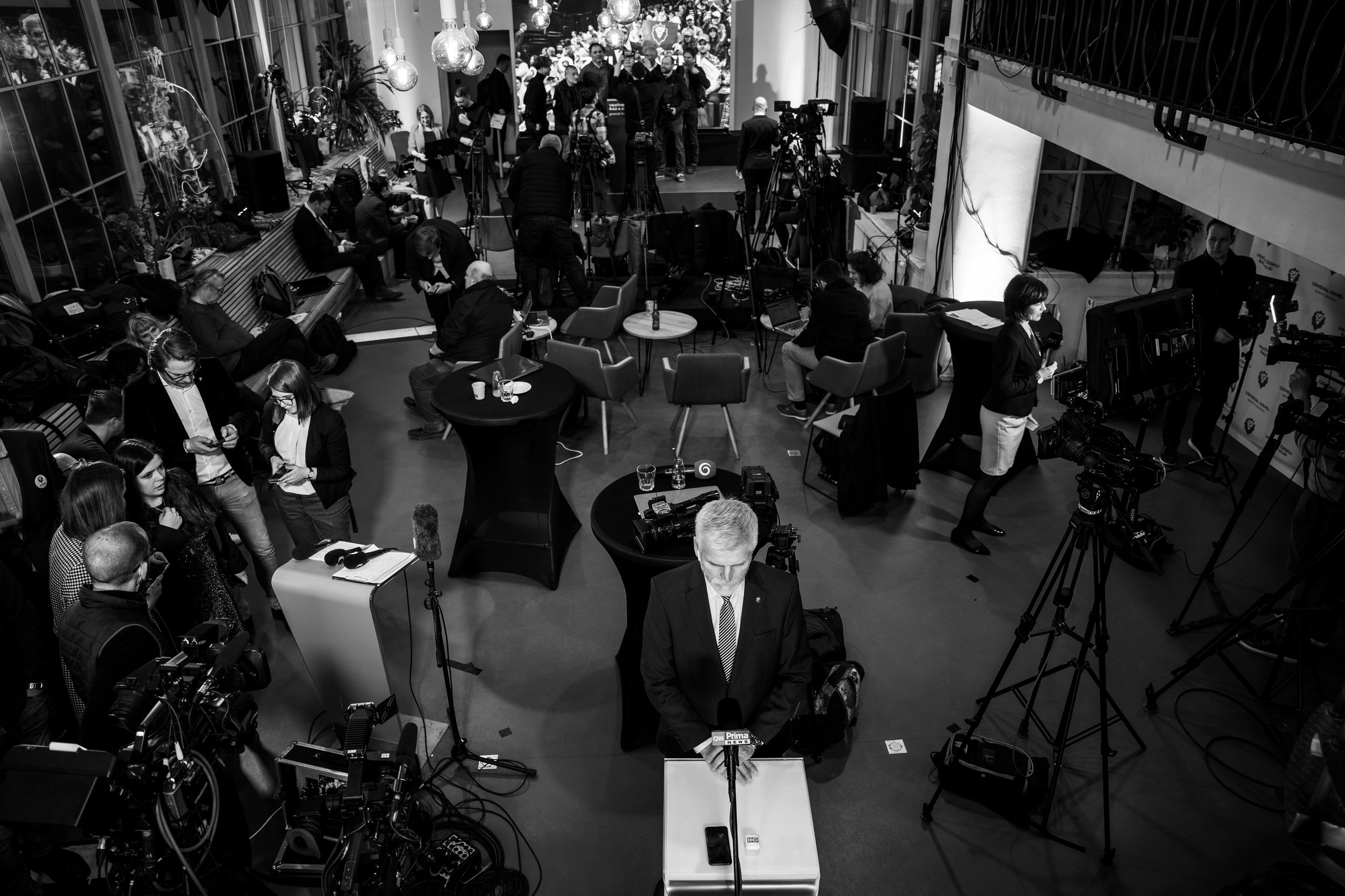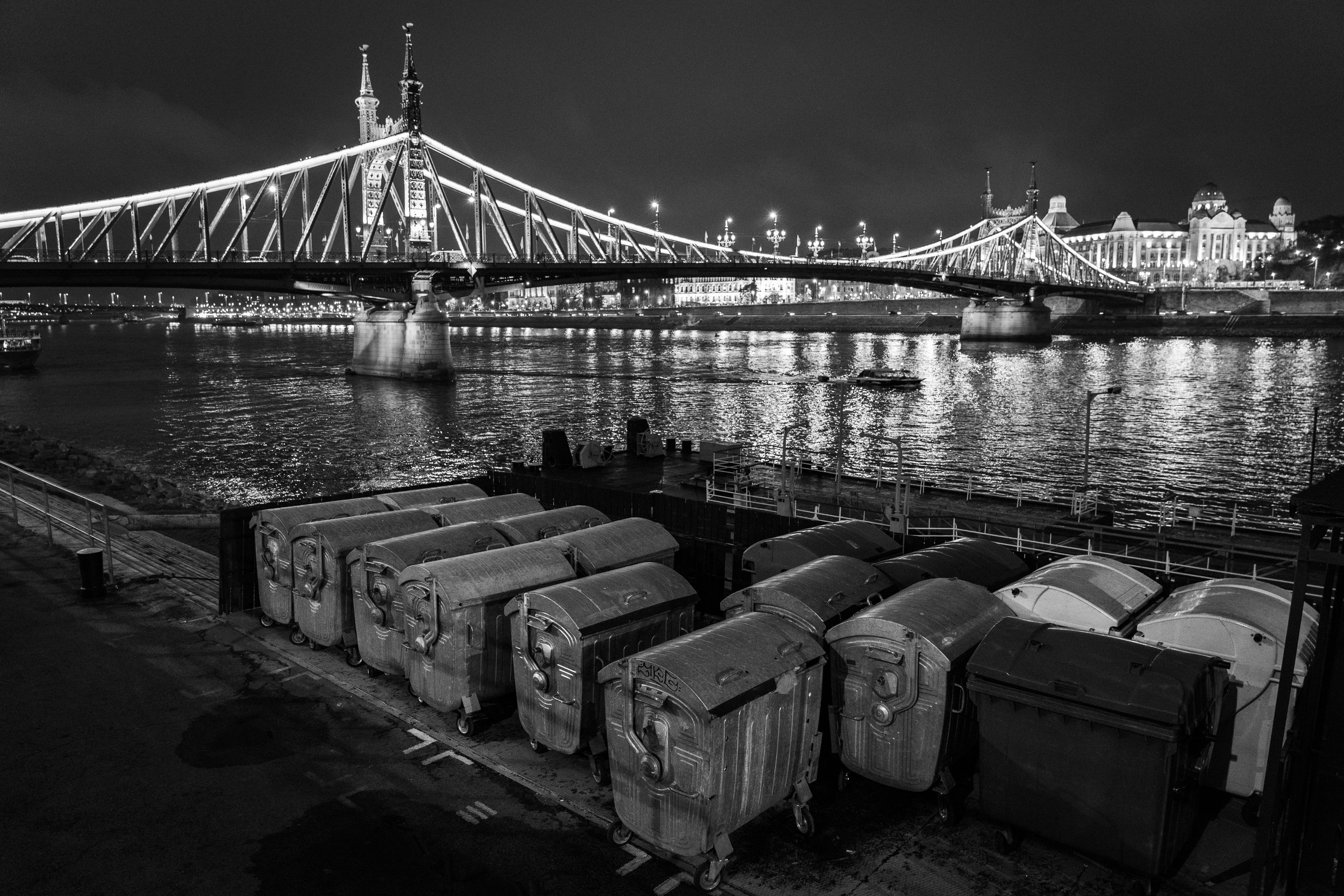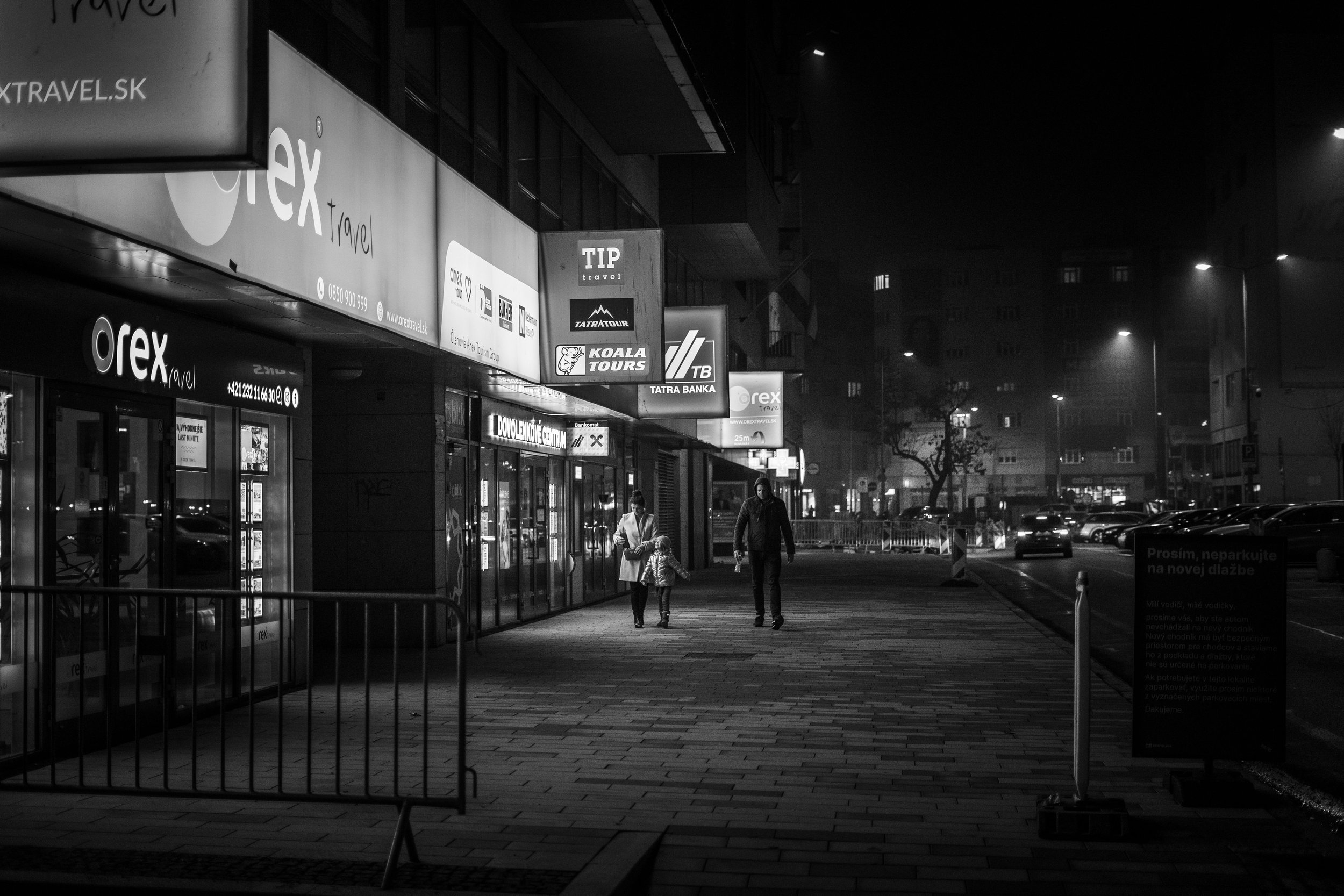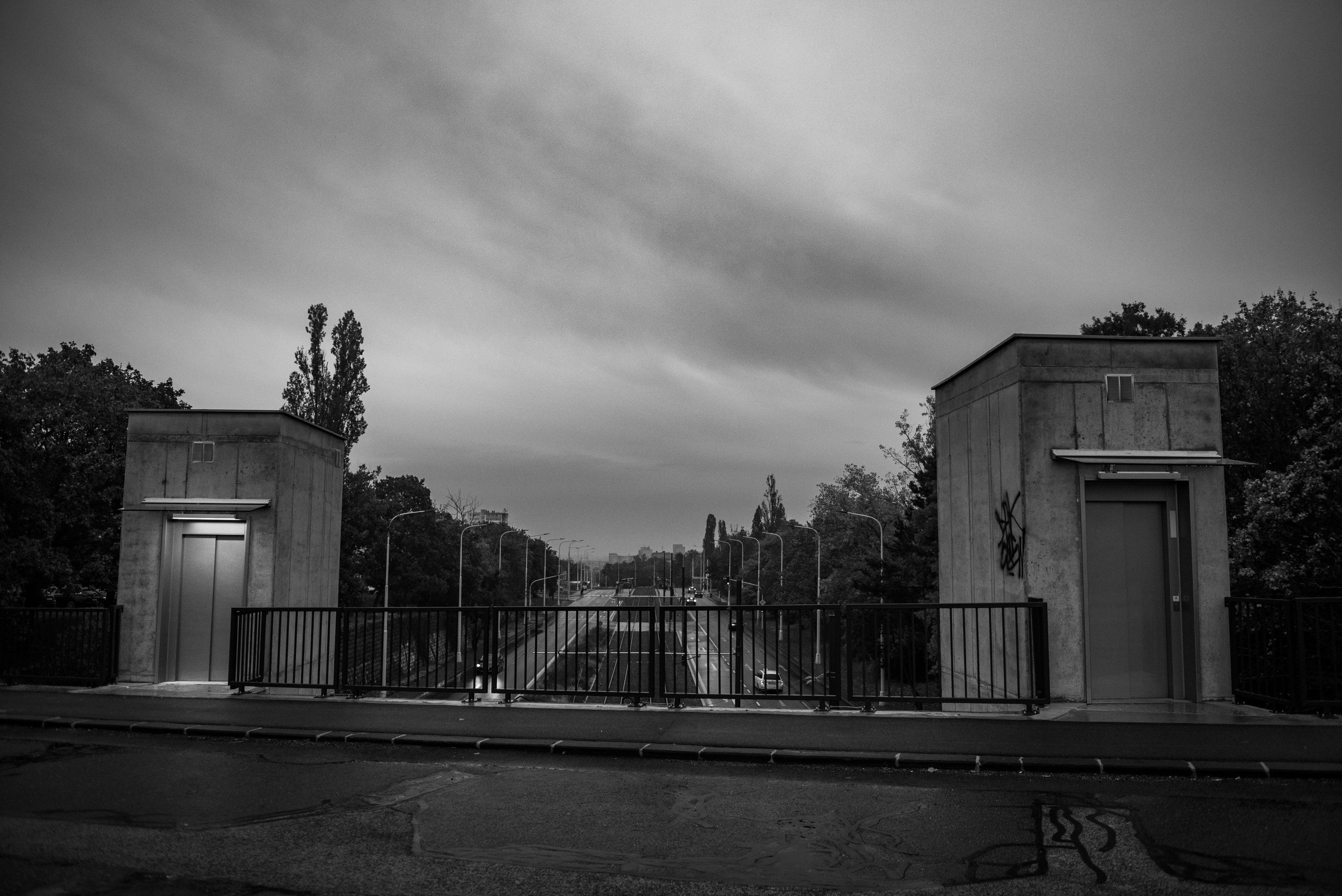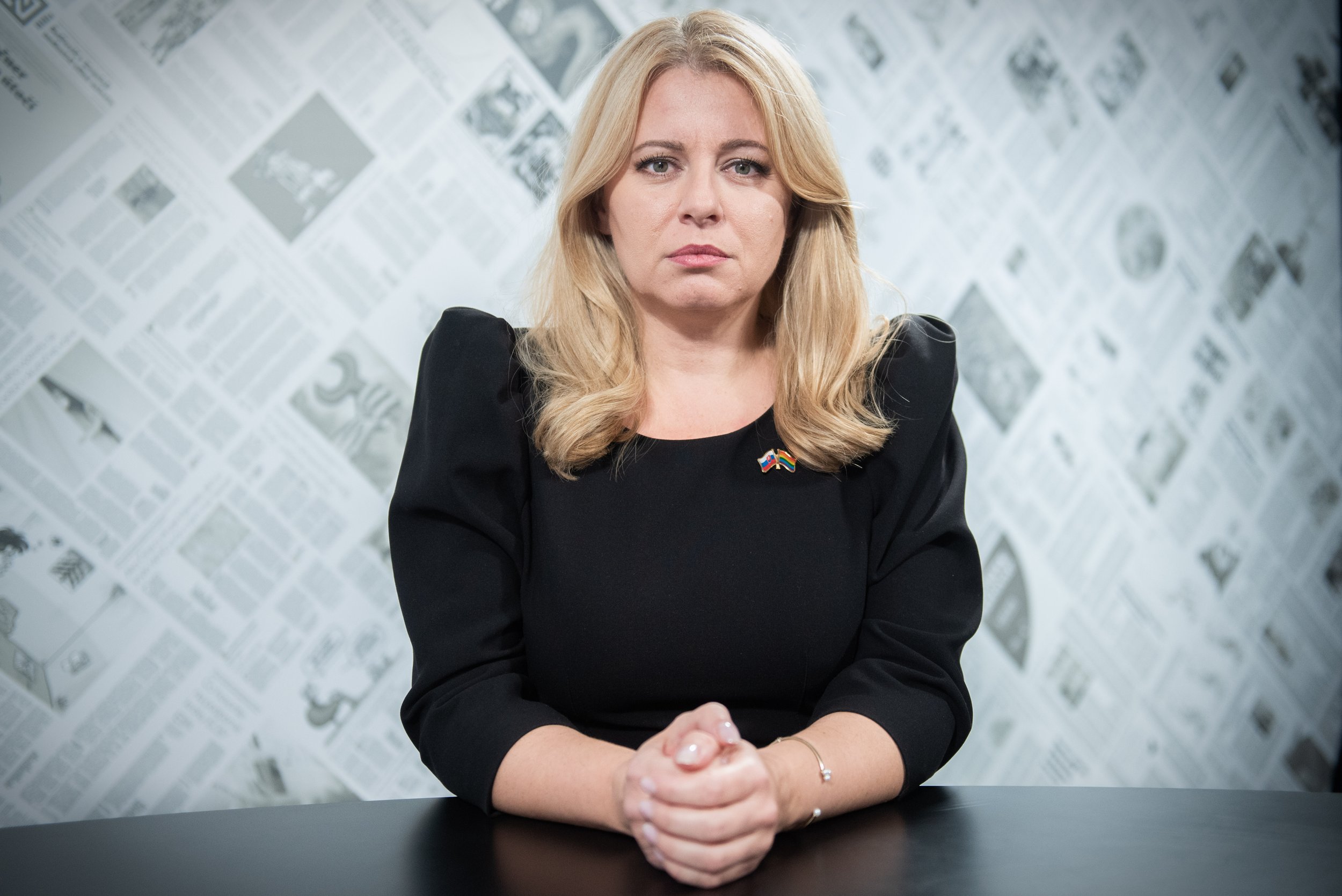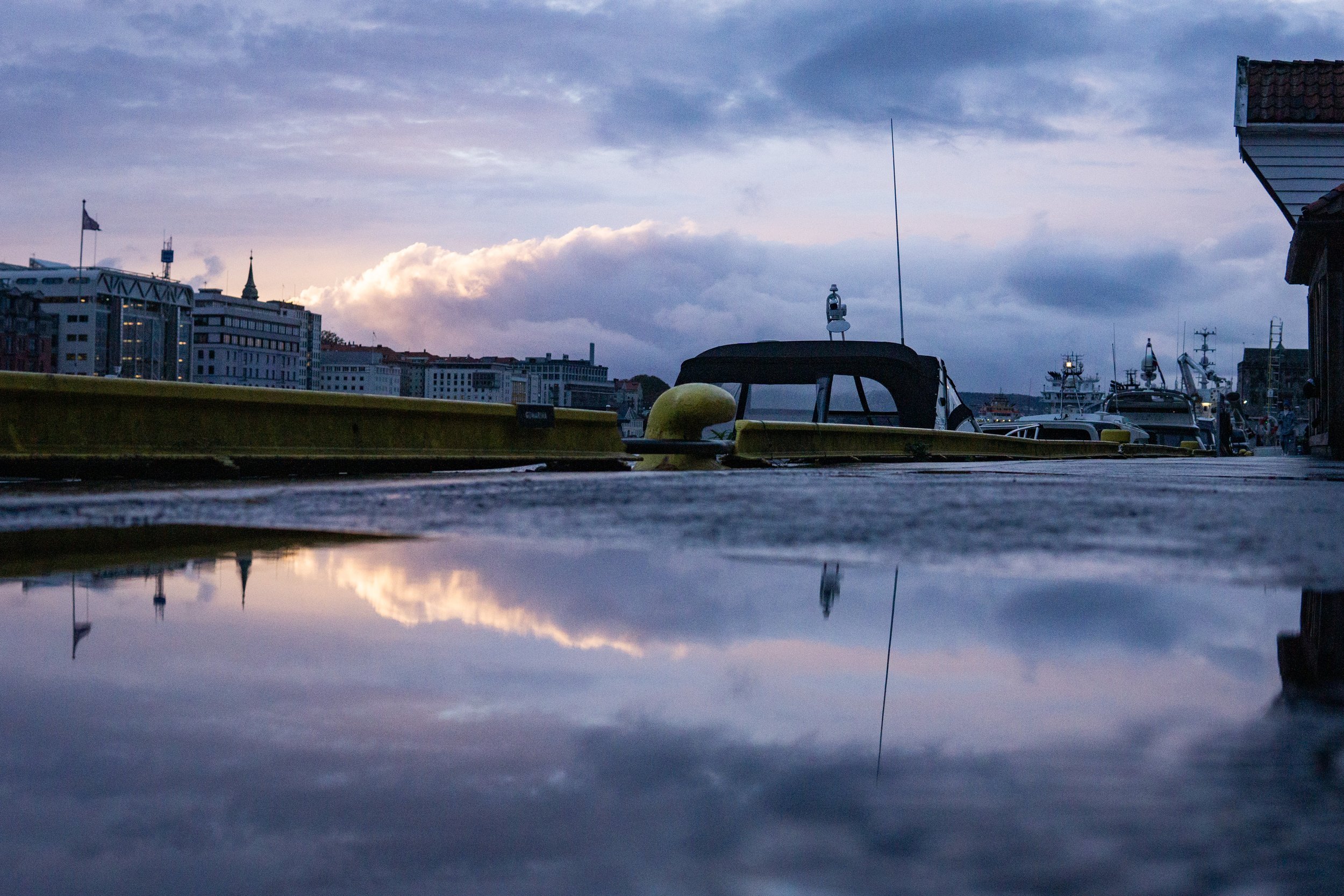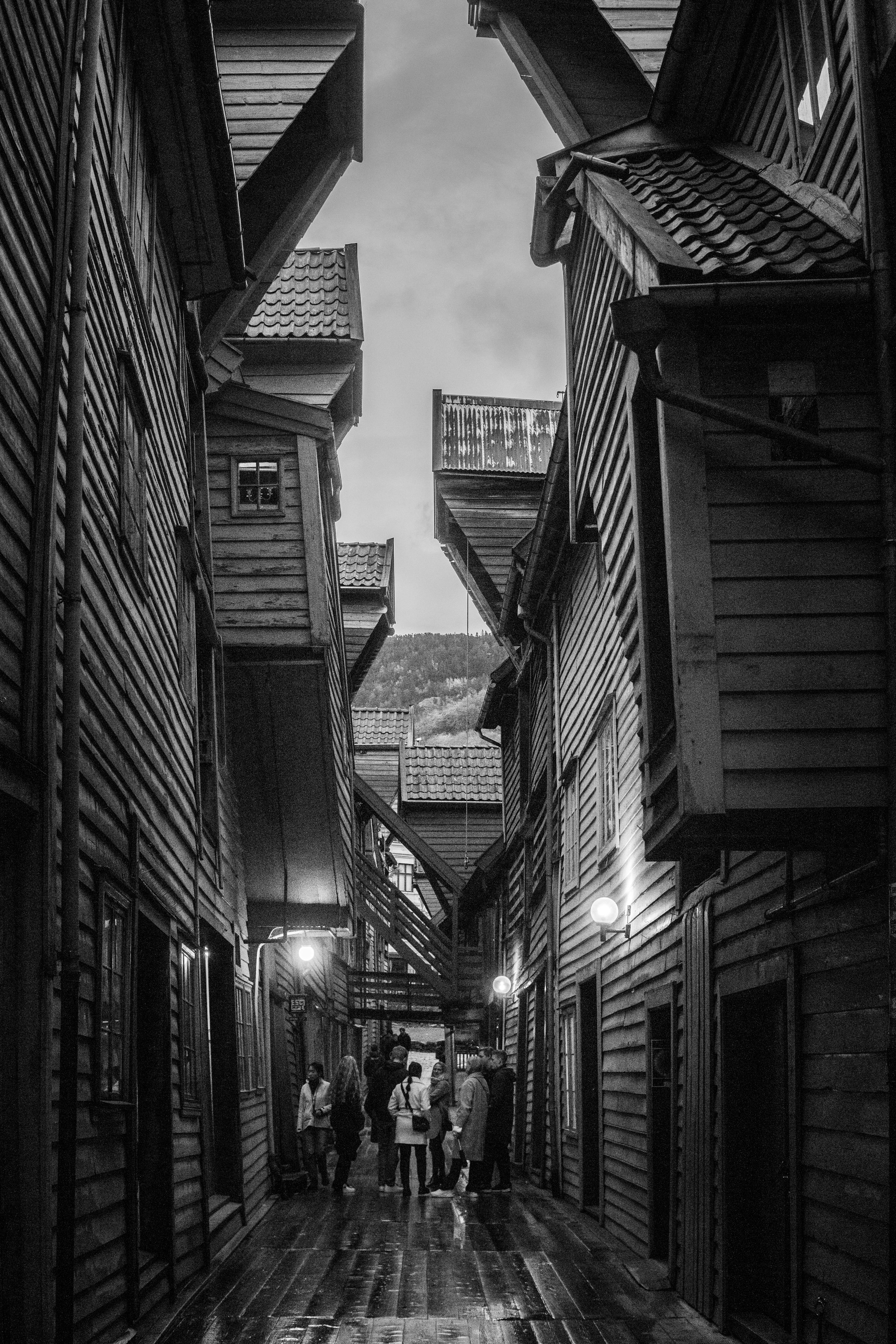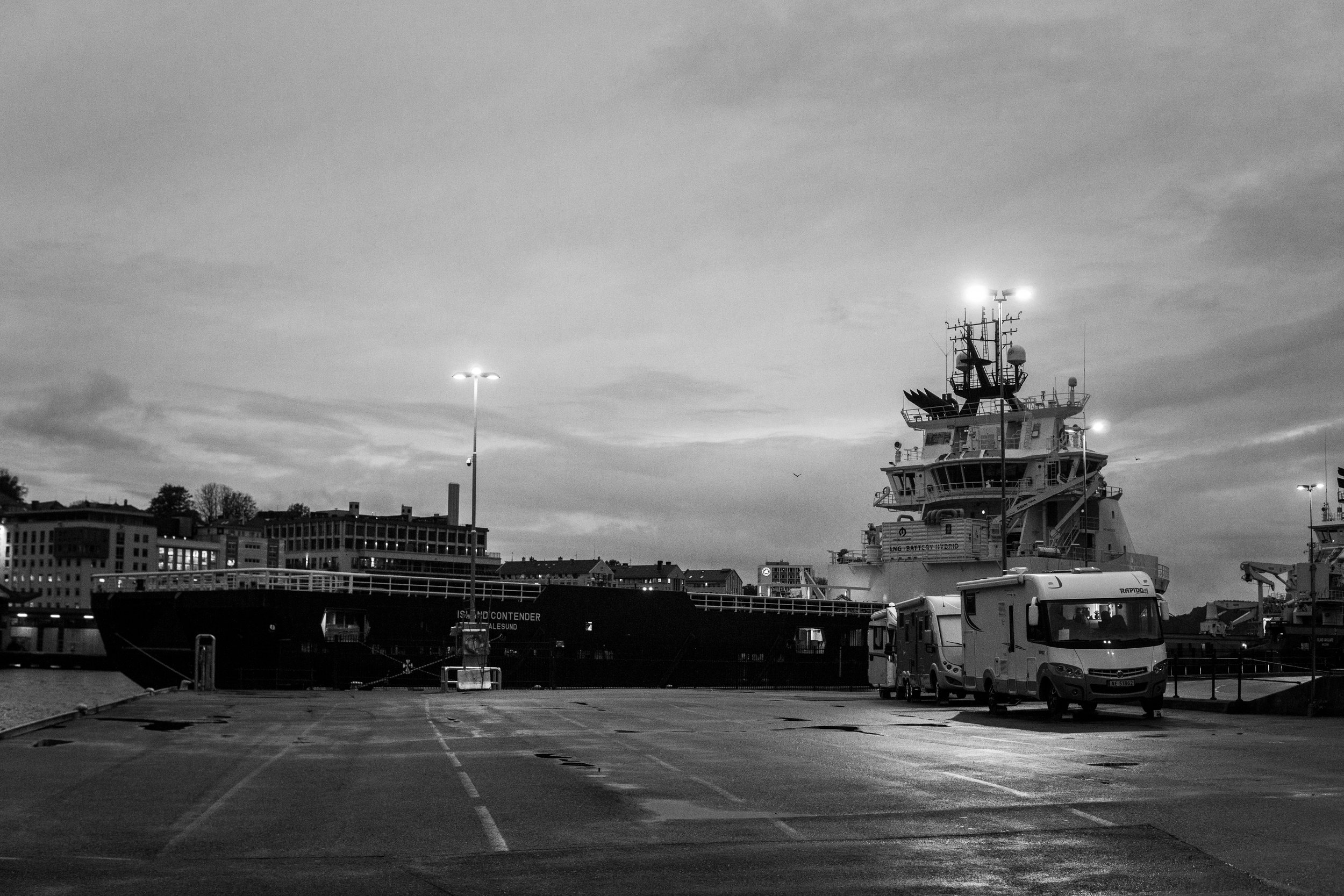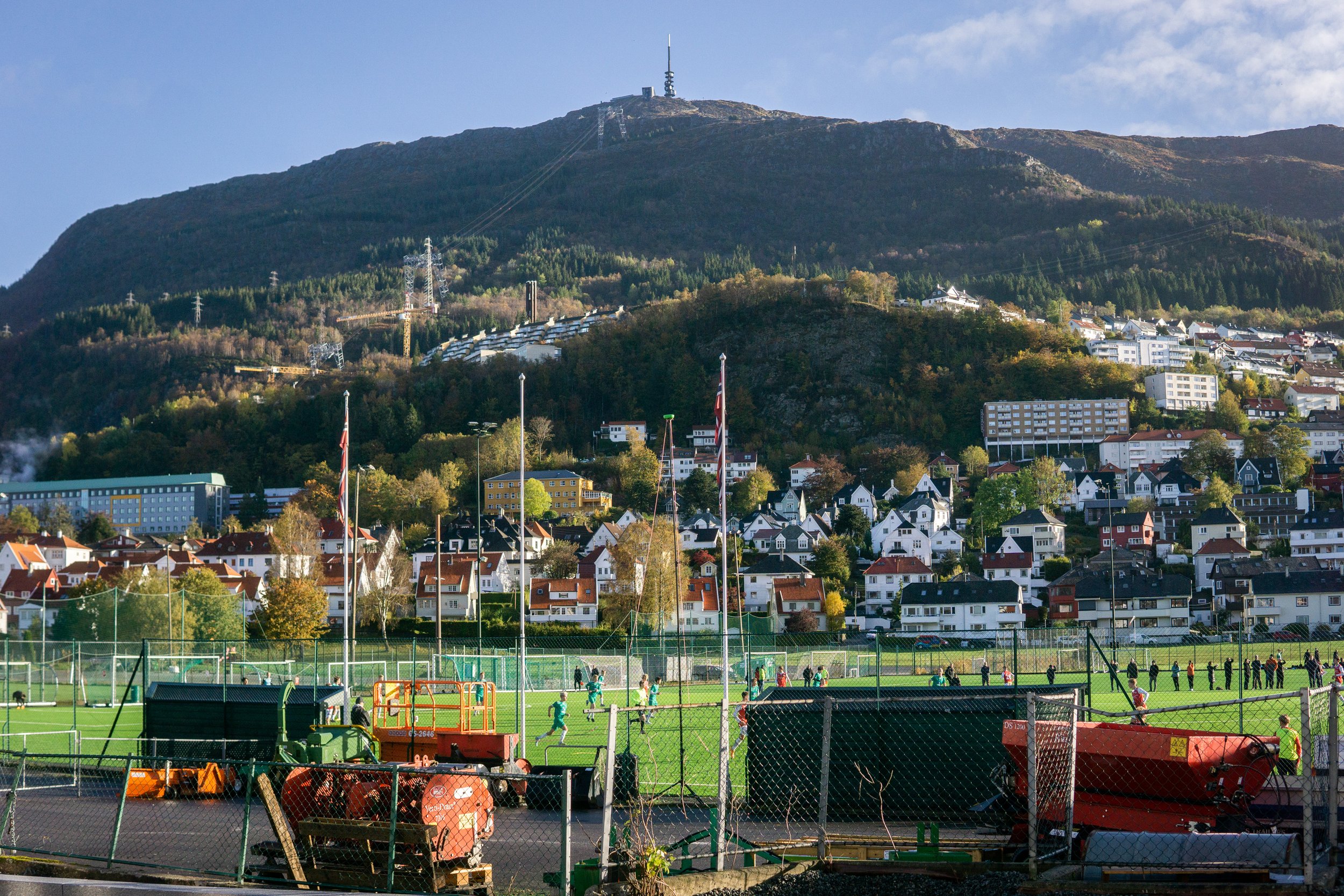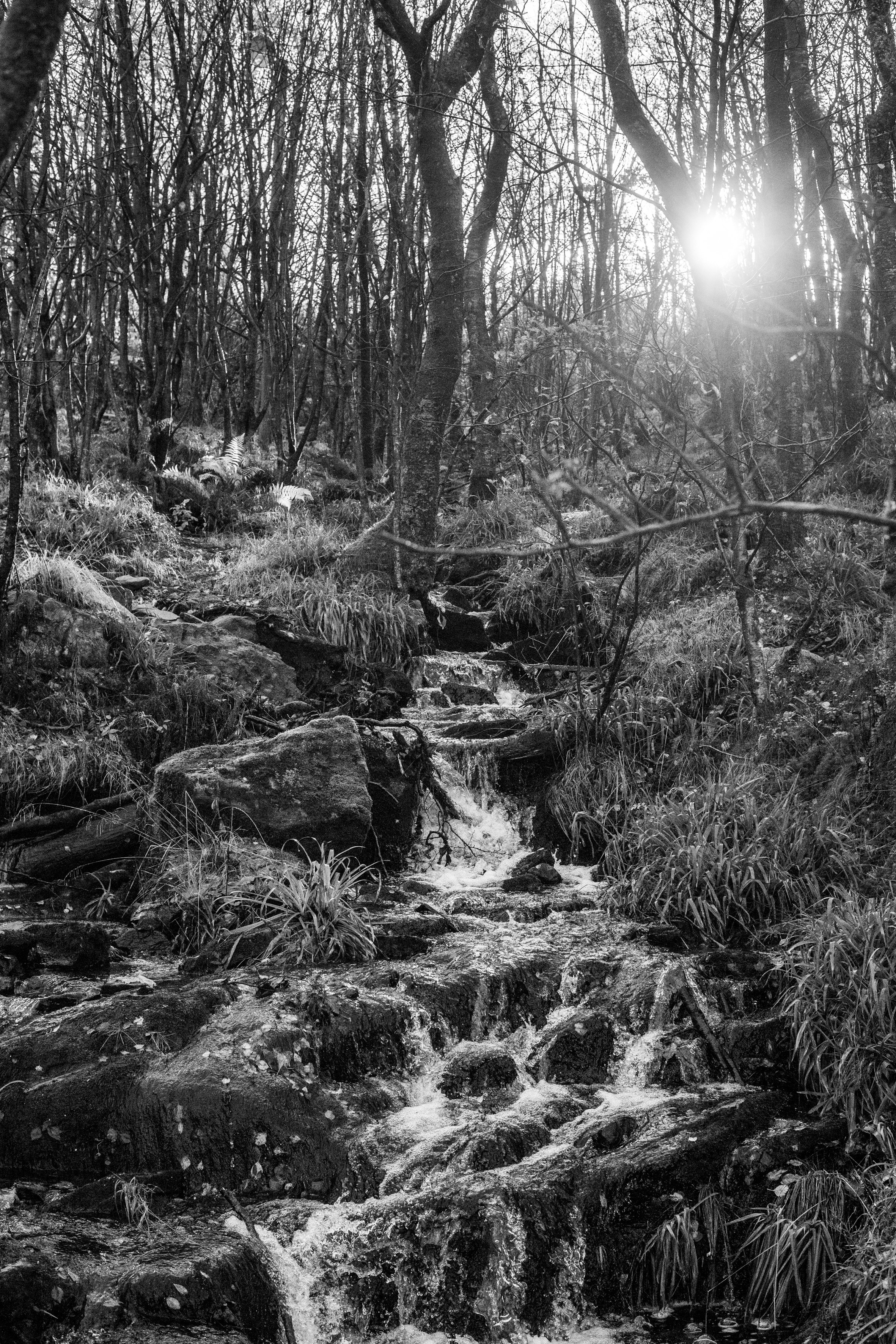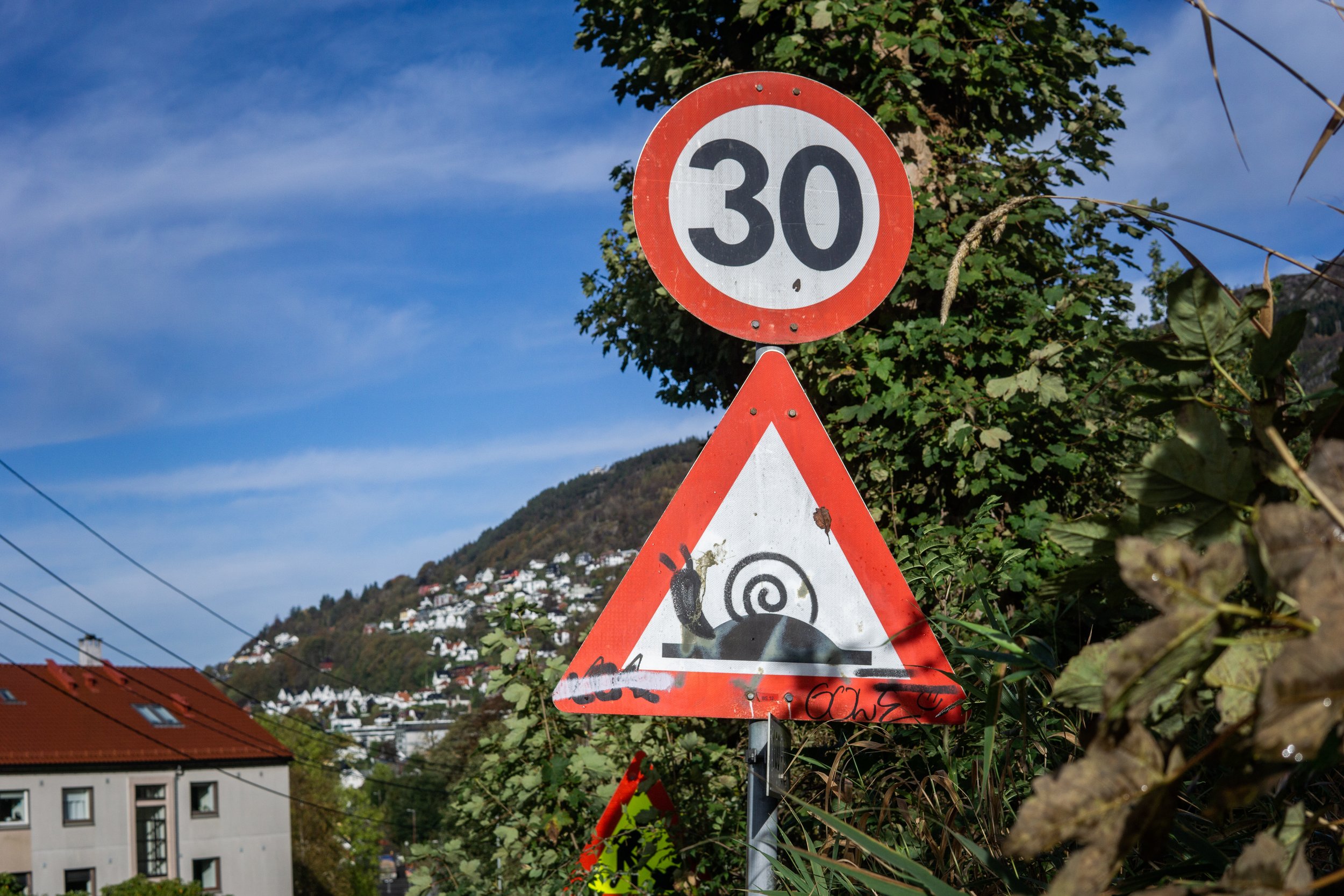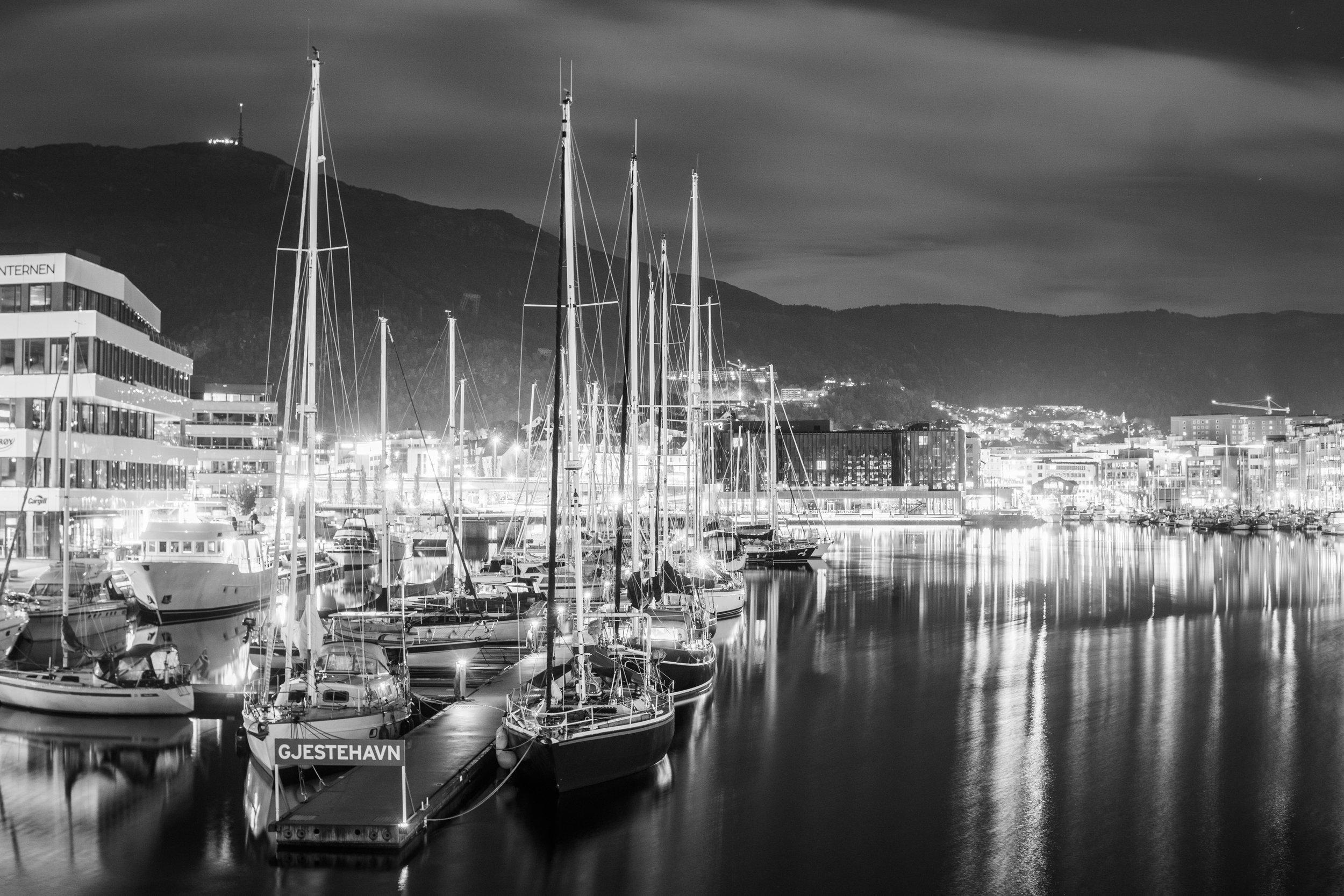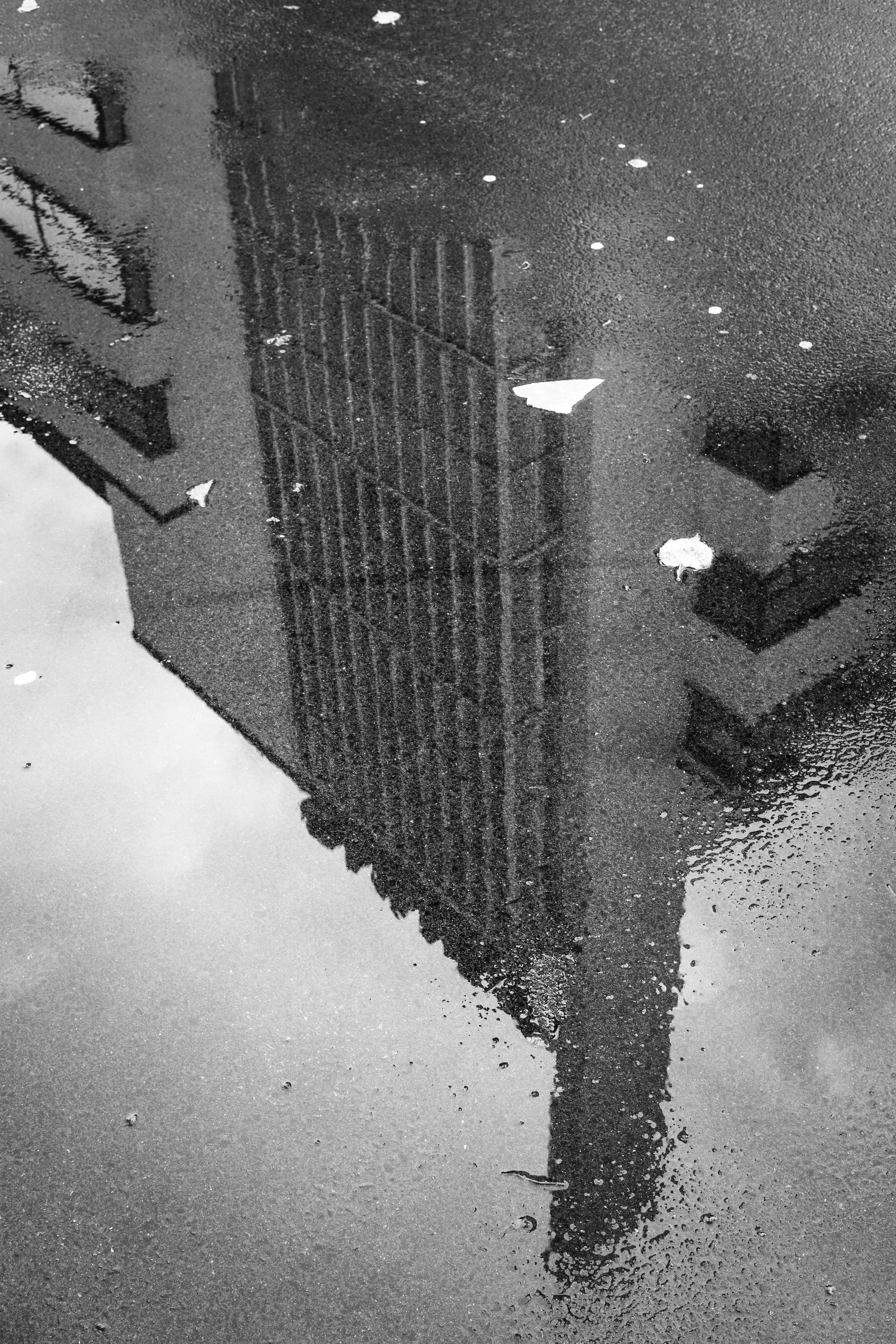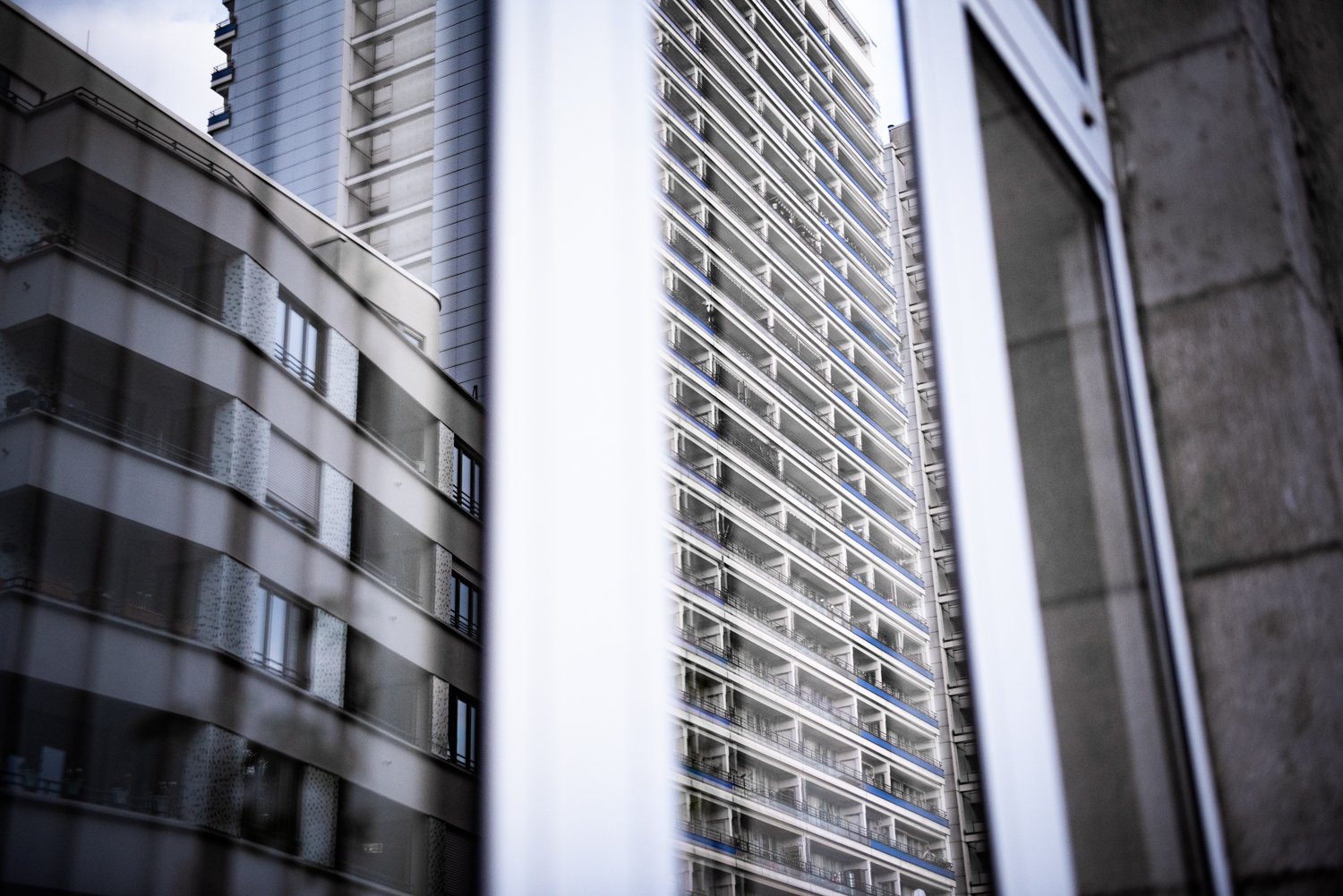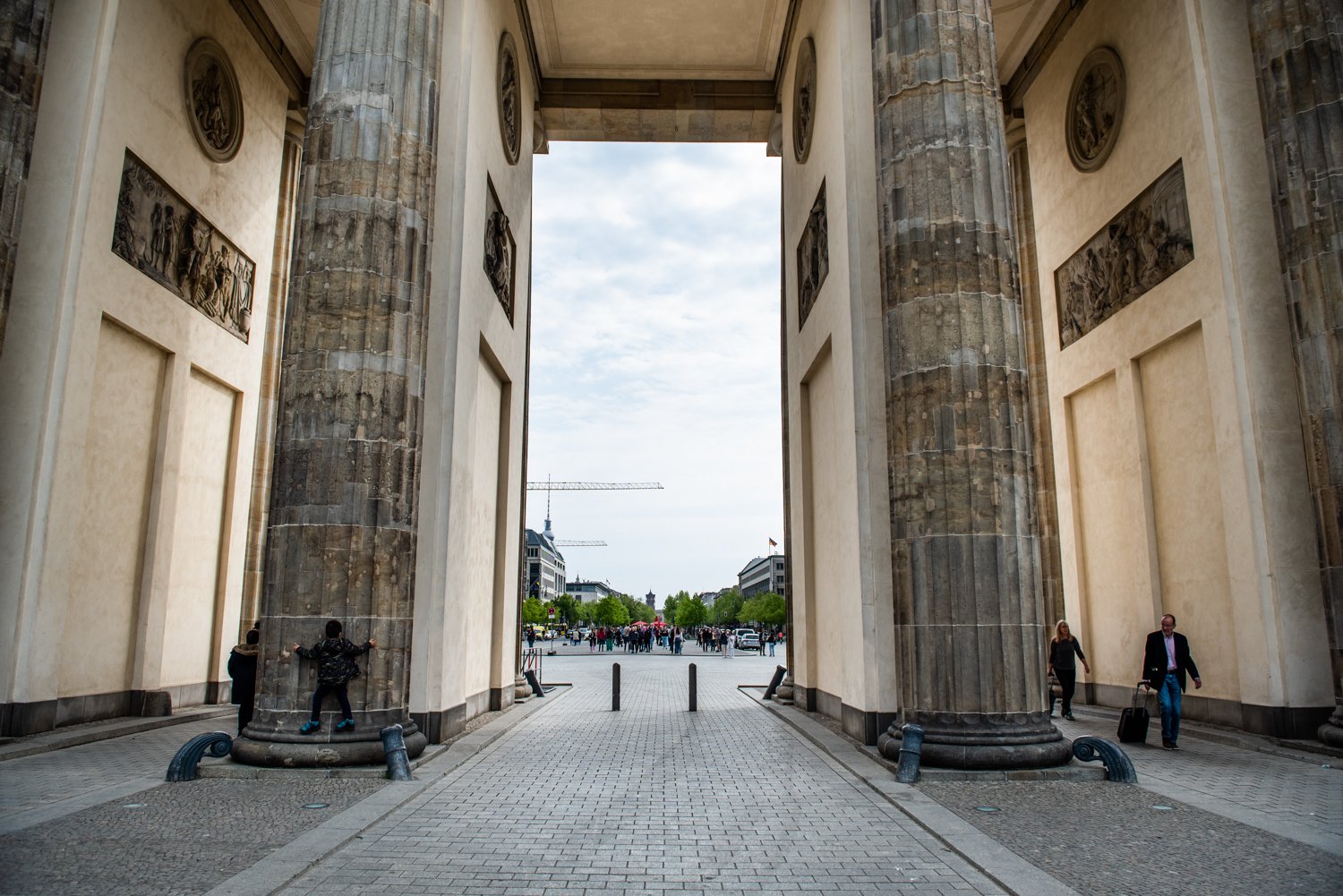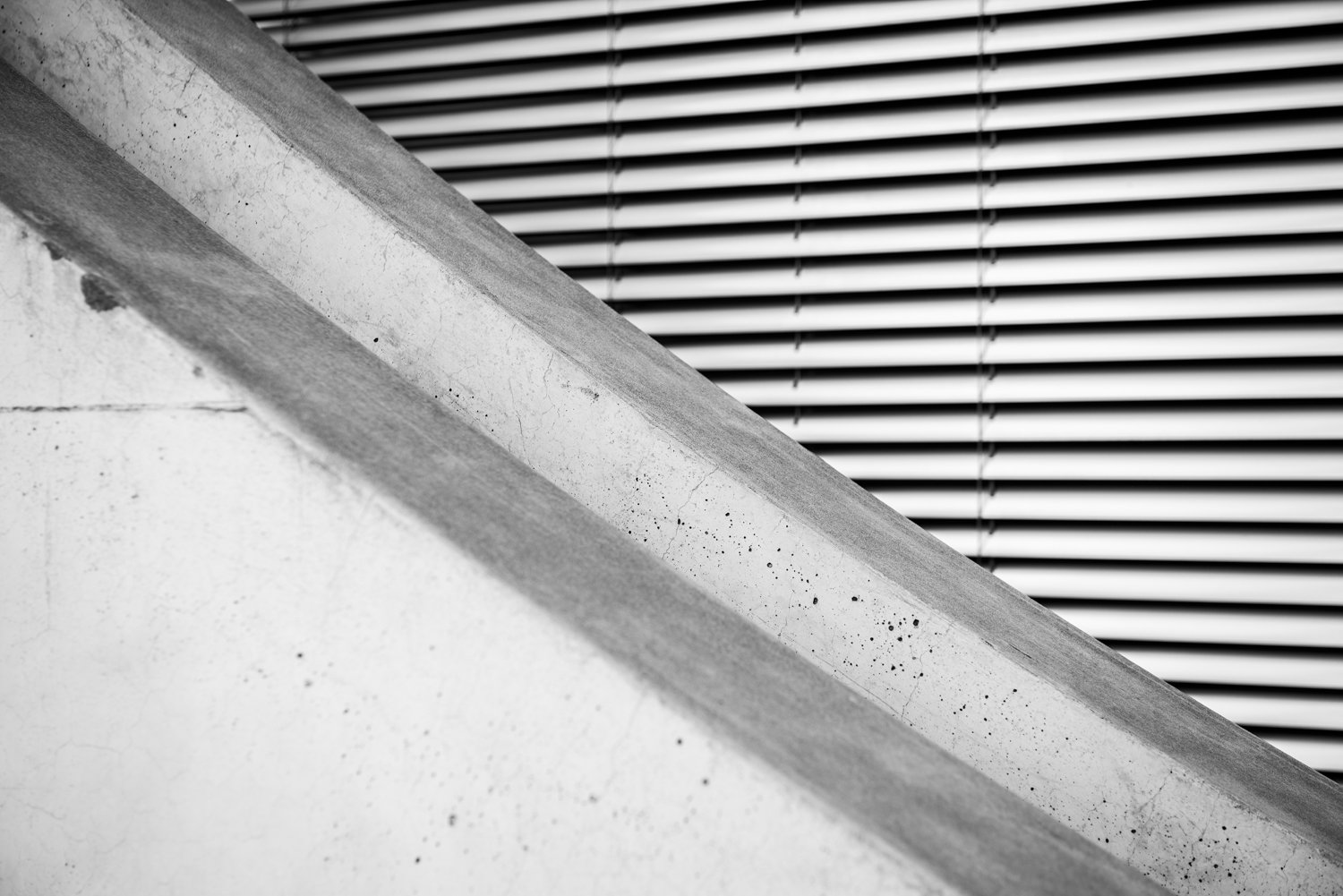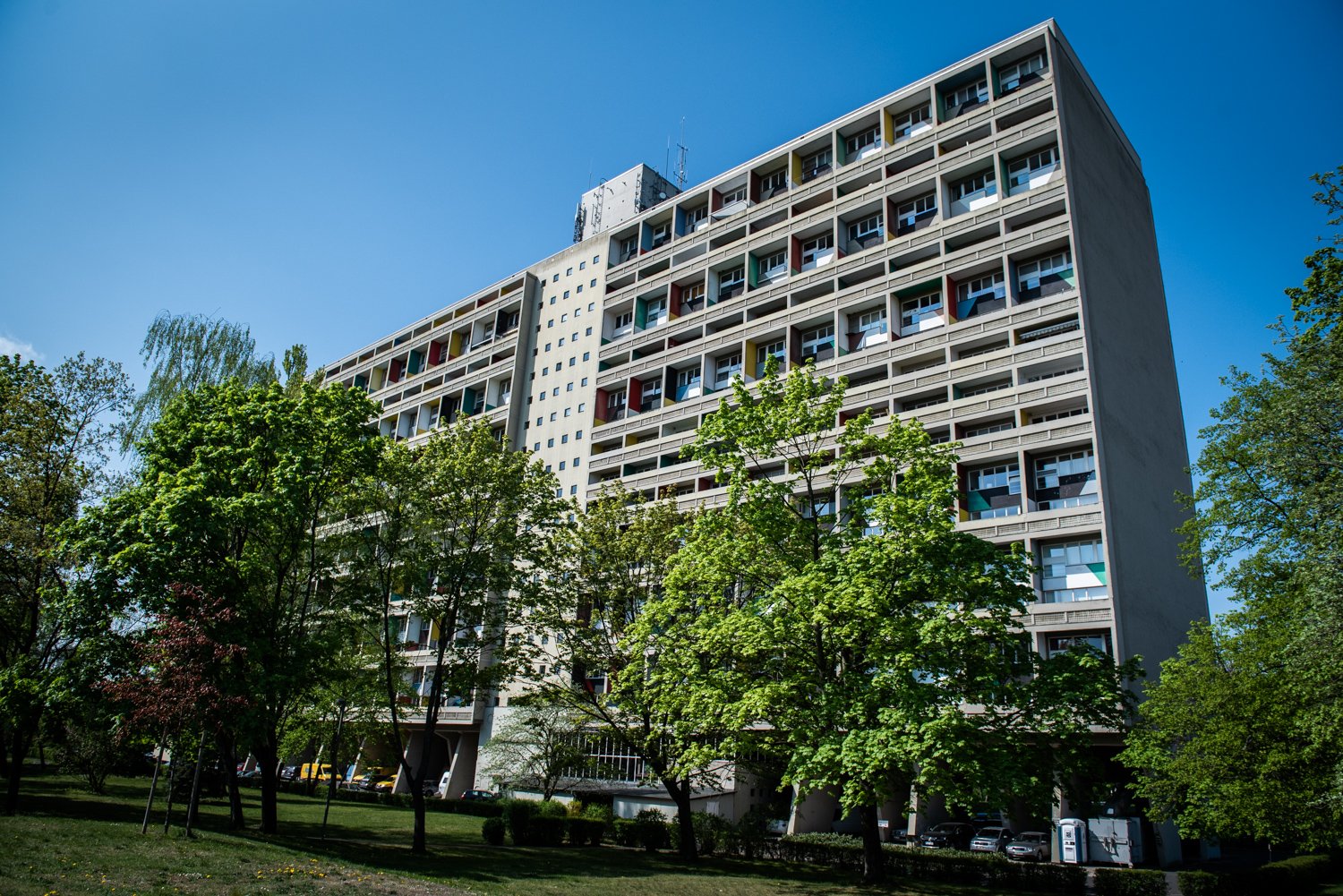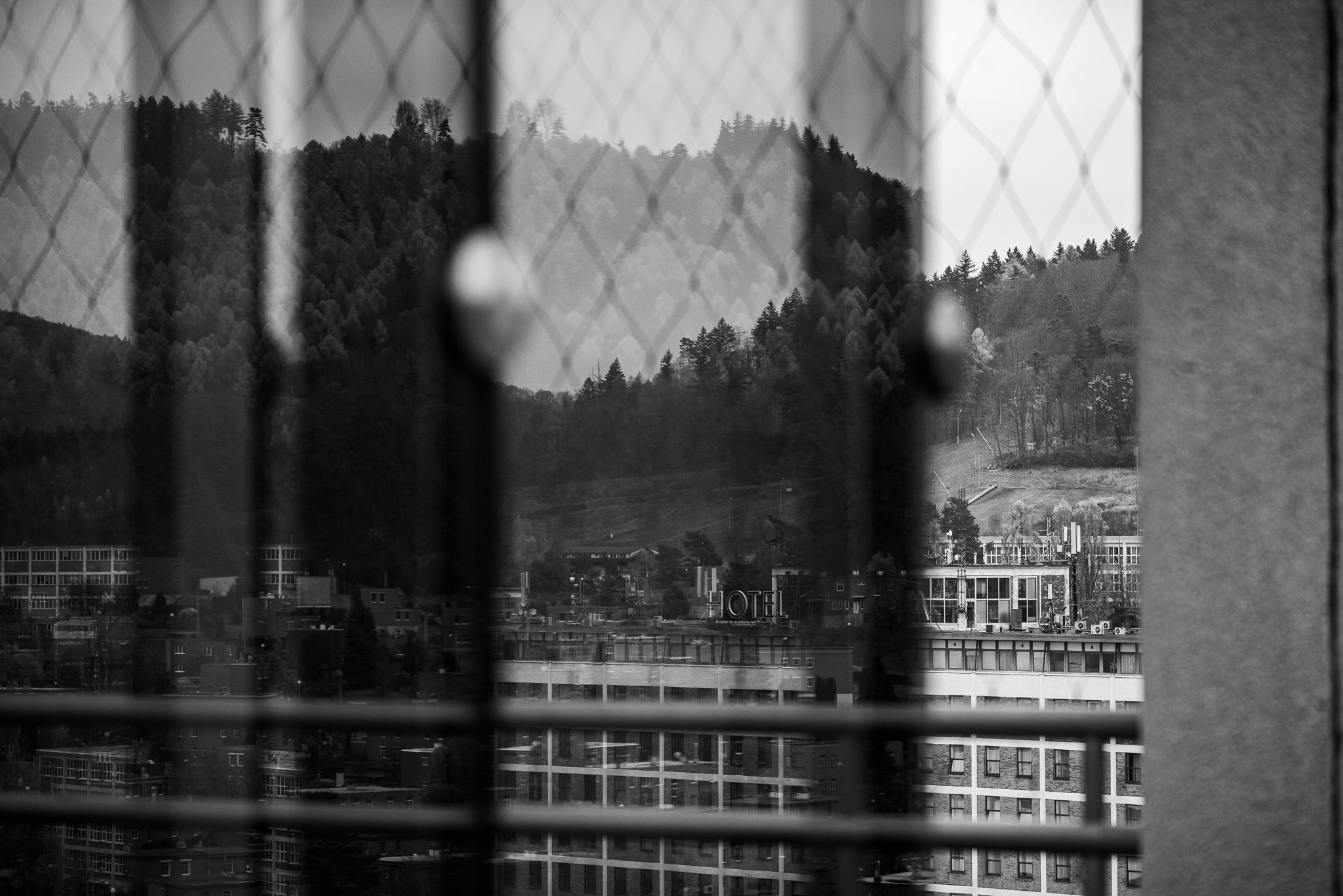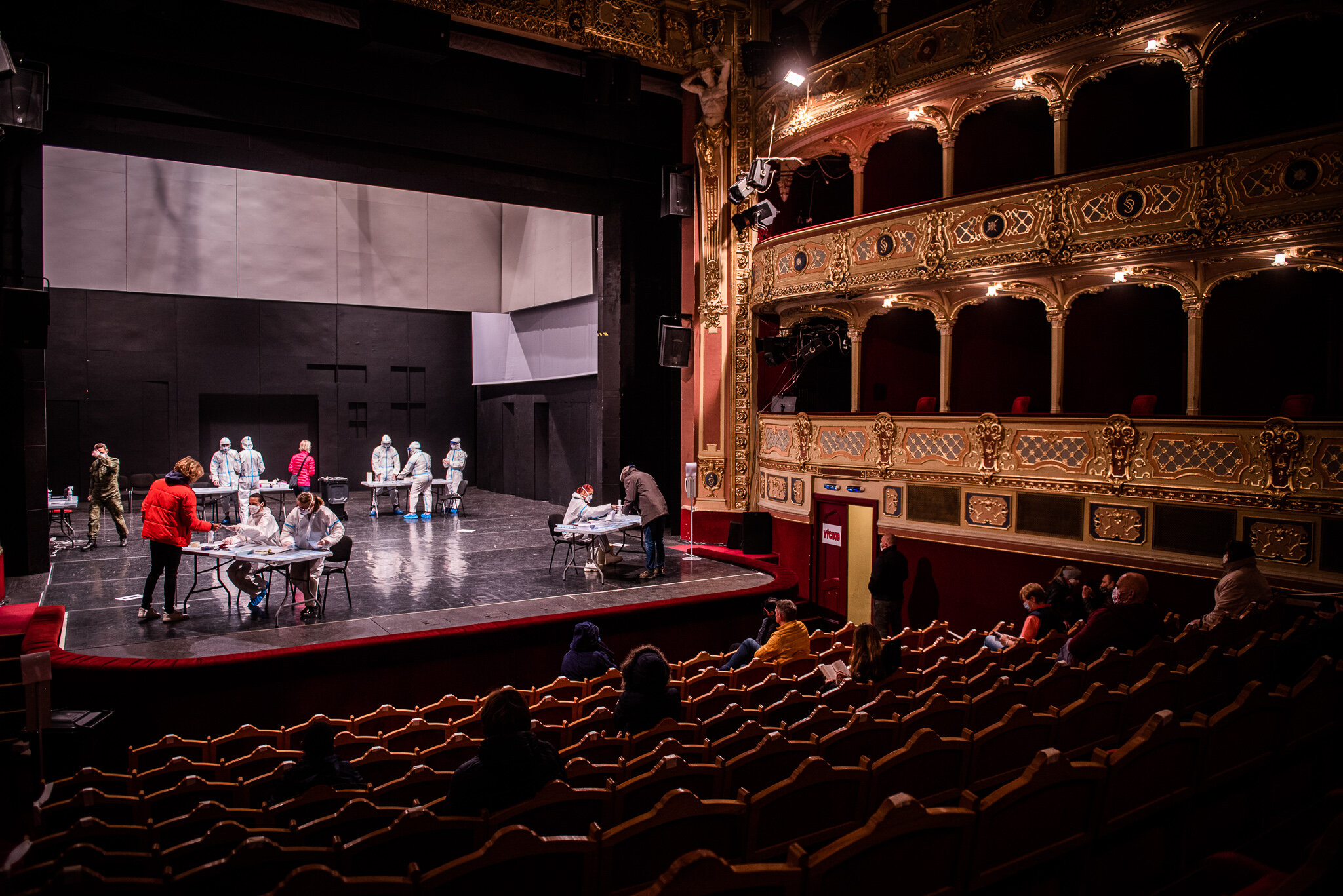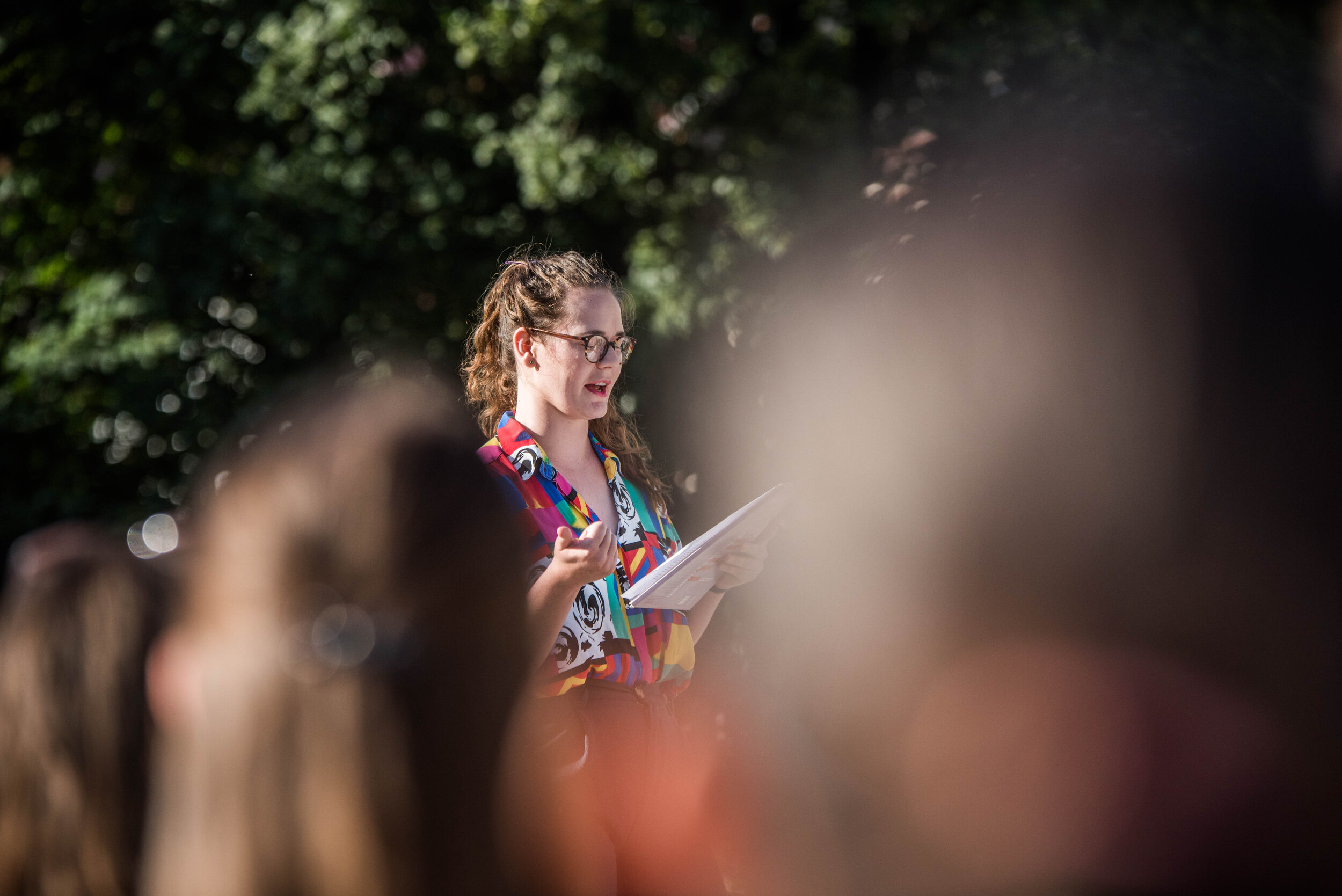Why my camera set-up now looks a lot like the one I started with
When I first got into photography, at the age of 11 or 12, my camera was a simple Panasonic point-and-shoot. It wasn’t fancy, but it was special—it could shoot underwater.
It didn’t take very long though, and the hoarding began.
My parents bought me my first DSLR, and from there, I started accumulating lenses. First came the basic kit lenses, then the f/2.8s, and eventually my first 70-200mm. Before long, I had a fully stocked, incredibly heavy backpack that followed me everywhere.
Vacations, day trips, even casual outdoor activities turned into full-scale photo shoots. I was hungry to build a portfolio, to keep improving my skills, and I convinced myself that having all this equipment was essential to my growth.
Now, 14 years later, I have two Sony mirrorless cameras, more than six lenses for them, two film cameras with their accompanying lenses, and, frankly, a lot of other stuff.
Carrying all that gear at all times simply isn’t feasible anymore. Sure, I tried, but the effort became exhausting—and increasingly unnecessary.
The camera gear I used to carry around, even outside work.
You might be wondering: Why don’t you just use your phone? And to be fair, I do use my phone. But there are limits. For starters, my iPhone’s camera lens is too wide, and I don’t have the Pro model—it’s too expensive.
Plus, as photographer Tony Northrup has so aptly explained, the megapixel claims on smartphones are mostly marketing hype. The resulting image quality often falls short, even for smaller prints, let alone when you try to crop or zoom in.
Then there’s the issue of software processing. Phone cameras flatten shadows and create an overprocessed HDR effect that eliminates the nuance I want in a photo. The results look artificial and, in my opinion, uninspiring.
So, I started brainstorming. Should I go back to compact digital cameras after a decade of avoiding them? Or perhaps pick up a compact film camera, so I’d always have a full-frame alternative on me?
The film option was tempting, but finding a reliable compact film camera proved nearly impossible. Most are over 30 years old, expensive, and prone to breaking down. I had my eye on the Nikon L35 AF, but I just couldn’t justify the cost. Frustration set in.
Then, while watching YouTube, I came across the Canon G10. It was a revelation. Unlike today’s cameras with CMOS sensors, this little workhorse features a CCD sensor, which gives images a film-like quality. Why?
Shot with Canon g10.
Partly, it’s because of the sensor itself. But more importantly, it’s the “color science” baked into the camera by its engineers.
From what I’ve learned, older digital cameras often used film stock colors as a reference point when calibrating their image processing. As a result, the G10 produces images with a richness and character that are hard to replicate with modern gear.
The colors are beautiful—vivid, contrasty, yet just imperfect enough to feel authentic. The smooth grain adds an analog-like quality that ties everything together.
The Canon G10 also looks great. Its tough design, complete with a little viewfinder (which is almost useless, but charming), gives it a subtle rangefinder aesthetic. It’s built like a tank and has a sharp lens to match.
My Canon g10.
Initially, I didn’t love the fact that it came with a zoom lens—I thought I’d prefer a fixed focal length—but the zoom has proven surprisingly useful, and I’ve grown to appreciate it.
What I love most, though, is how unassuming this camera is. When I used to shoot with my professional gear, people would often stare or act guarded around me. On the street, I felt like I stood out—almost like a threat. But with the G10, I’m invisible.
People assume I’m just a tourist, and that anonymity is a superpower. It’s like wearing an invisibility cloak.
Another unexpected perk? With the G10, I feel free to take "imperfect" photos. With my professional cameras, I’ve always felt this pressure to make every shot exceptional. But the G10 allows me to shoot without overthinking, much like I would with my phone. This creative freedom is incredibly liberating.
Shot with Canon g10.
Last but not least, the G10 is unbelievably portable. Its lens folds completely into the body when powered off, making it pocket-friendly. I can always have it with me, but without the back and shoulder pain of lugging around a big DSLR or mirrorless setup. That alone brings me peace of mind—knowing I have a camera on me without being physically burdened.
Don’t get me wrong, I still use all my cameras. My Sony gear is for professional work, and my Minolta film cameras are for when I have the time to slow down and immerse myself in the creative process. But for everything else—for the everyday moments when inspiration strikes unexpectedly—the Canon G10 has been a game-changer. This balance has done wonders for my mental health, and I finally feel at ease with the gear I carry.






